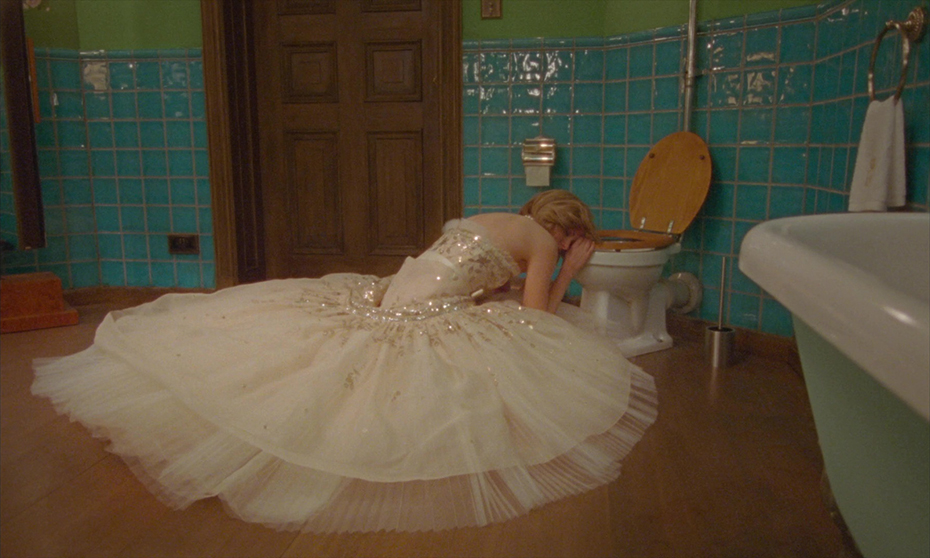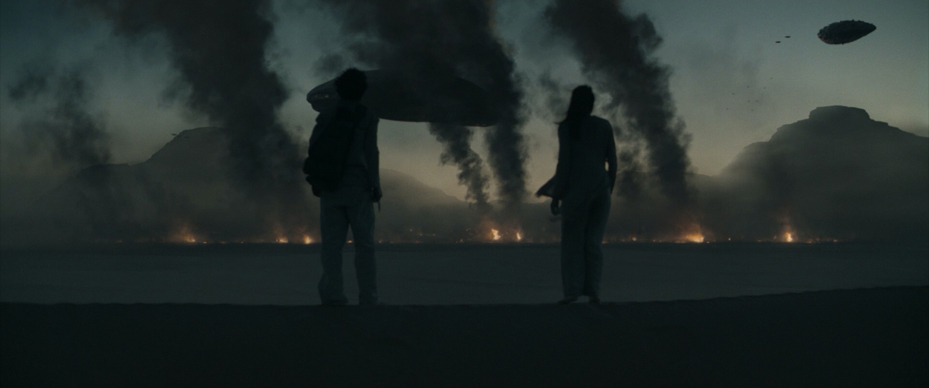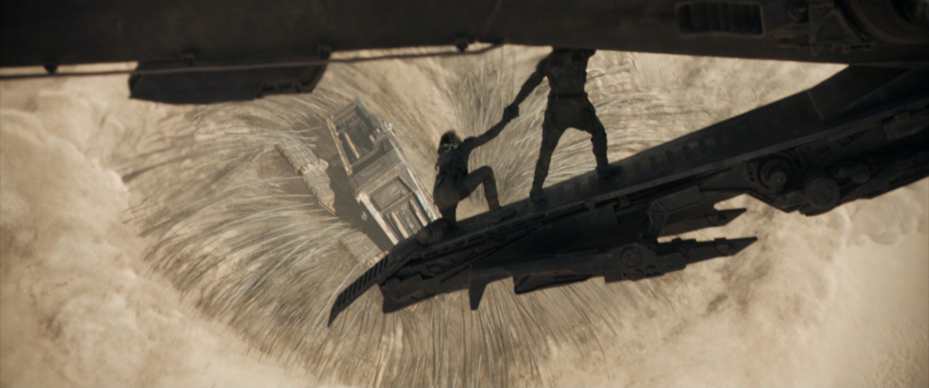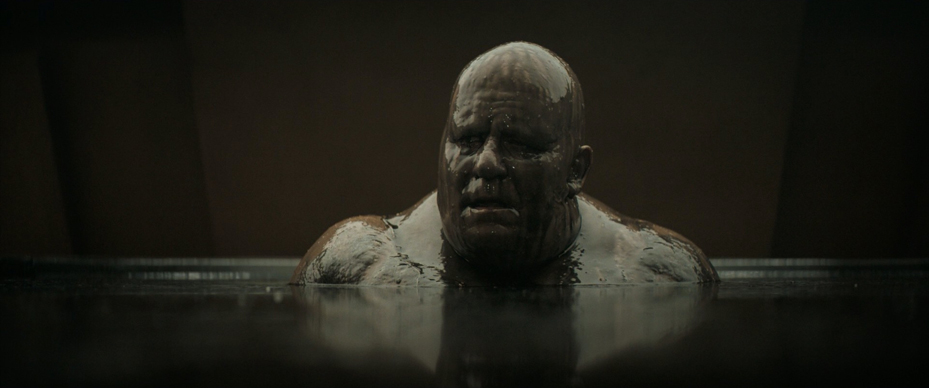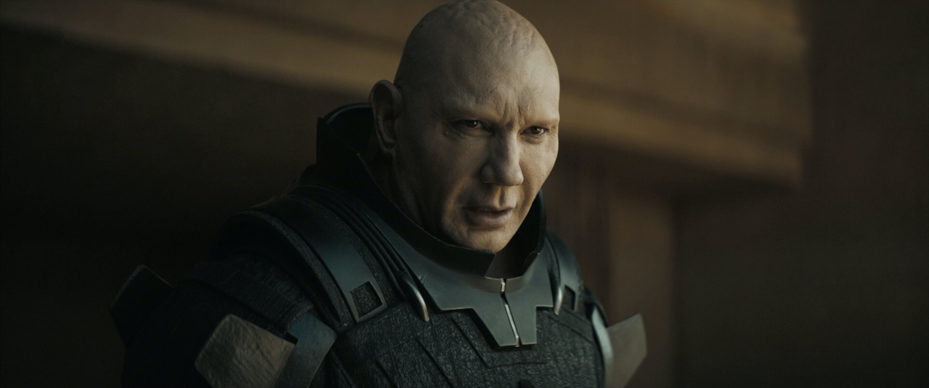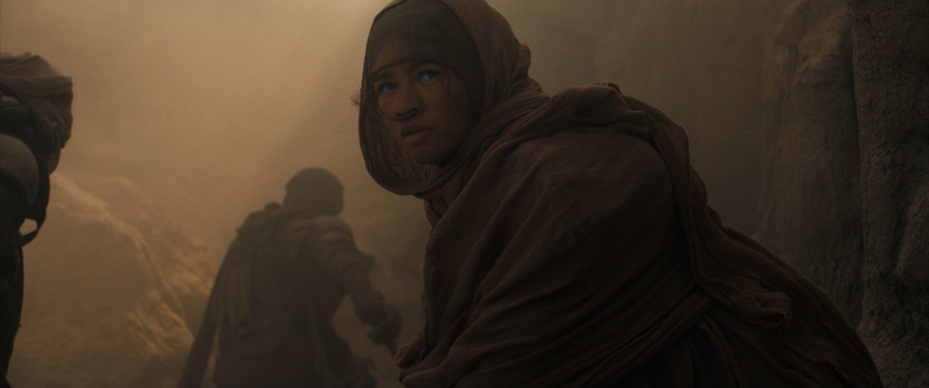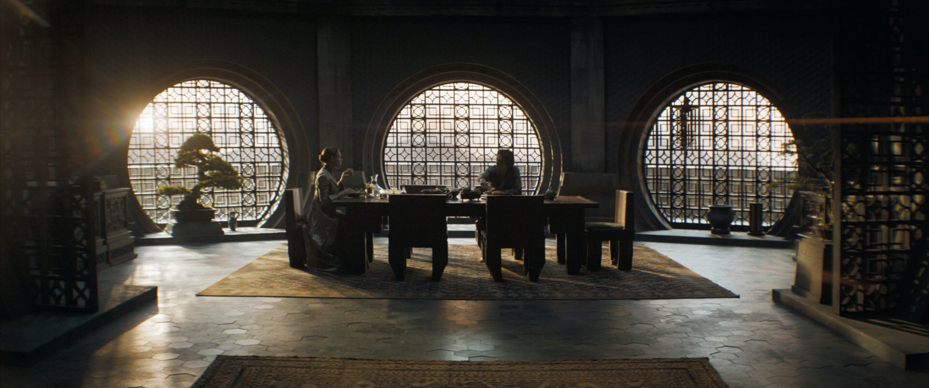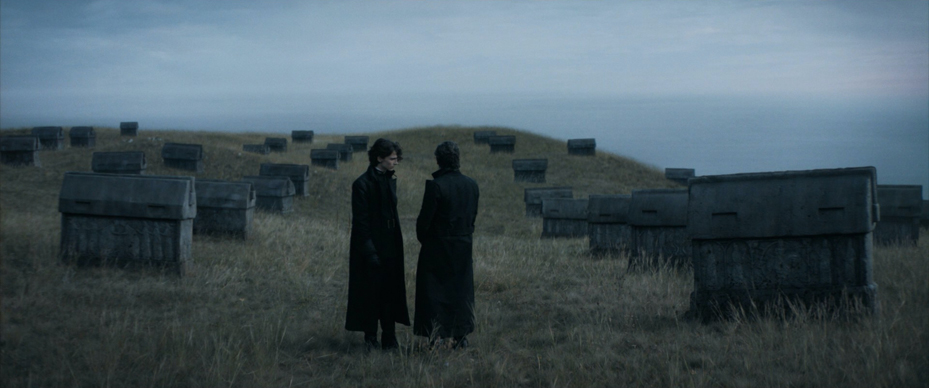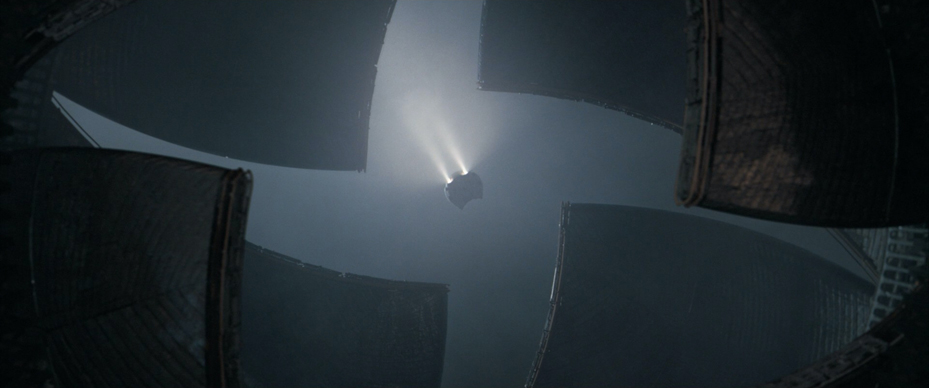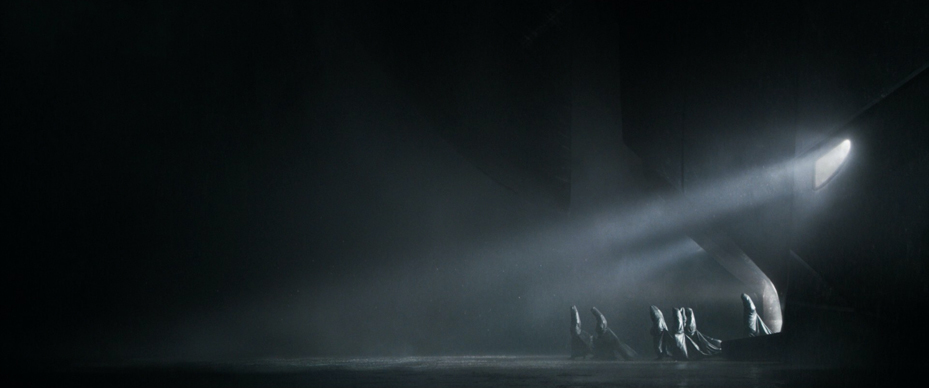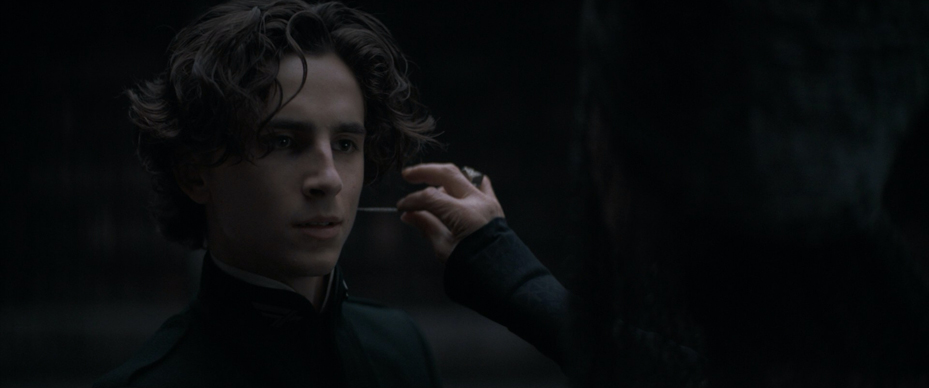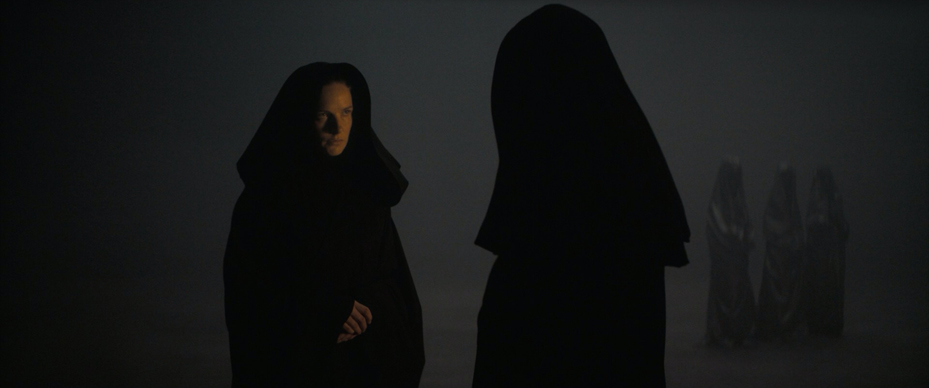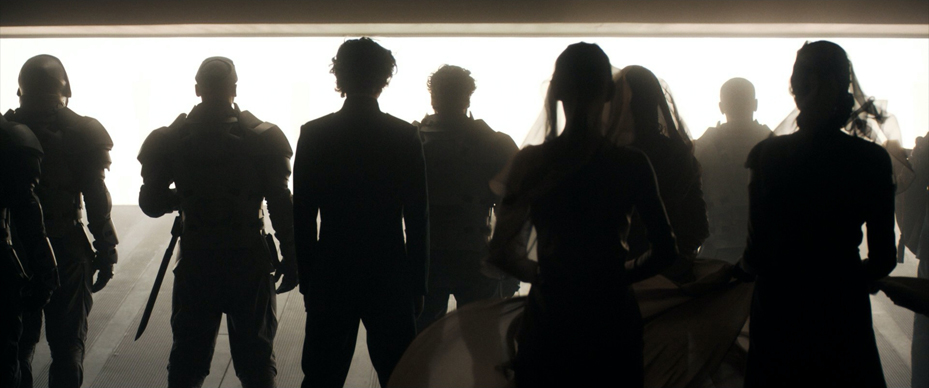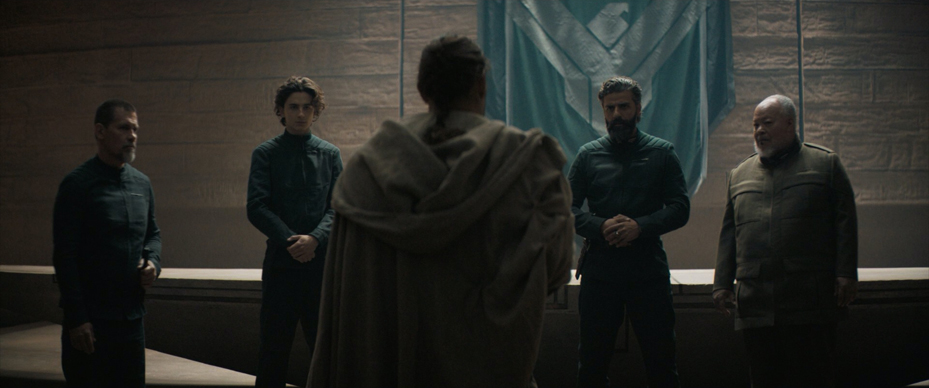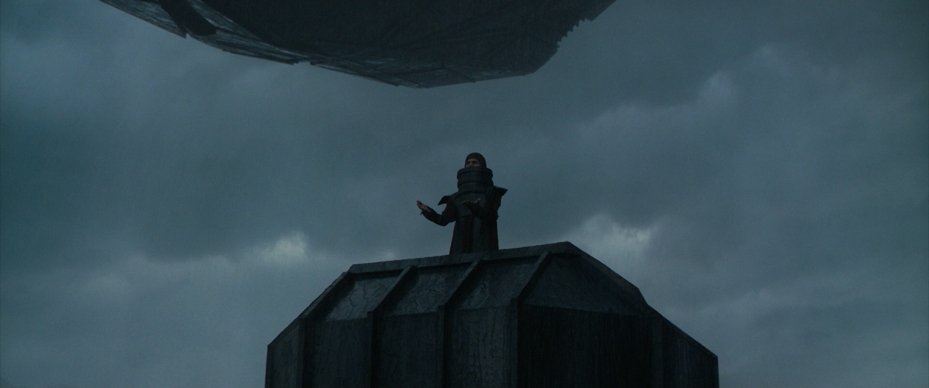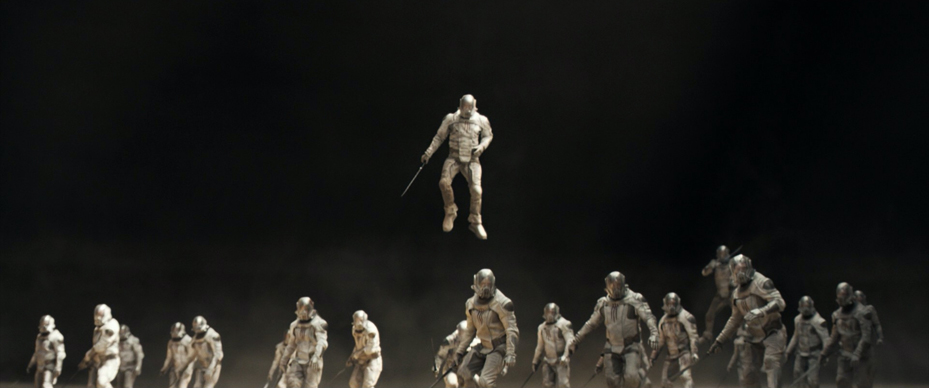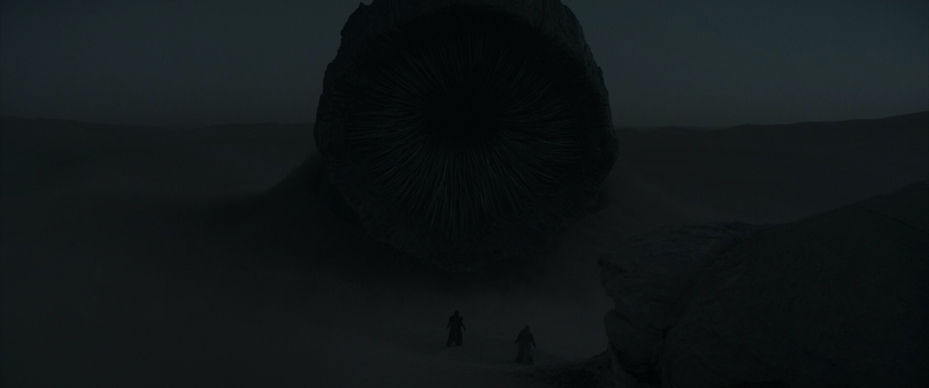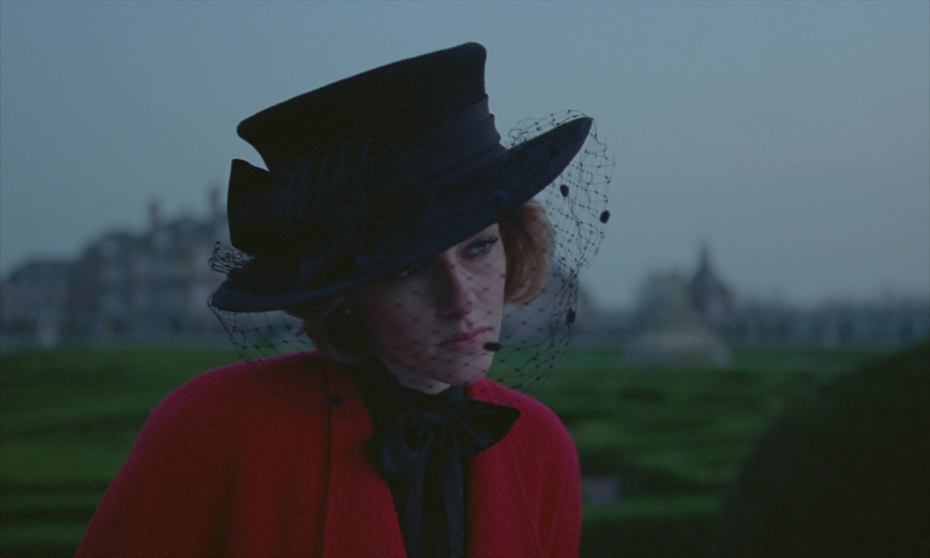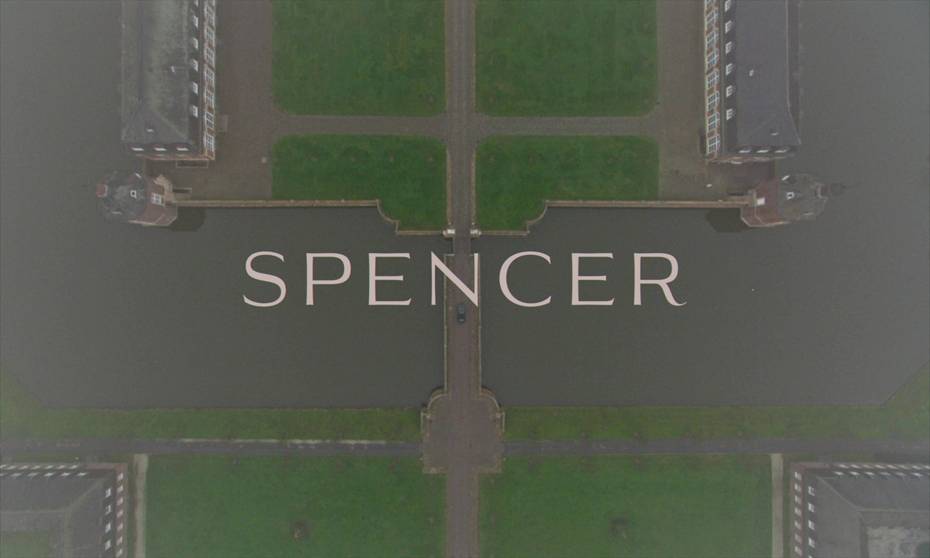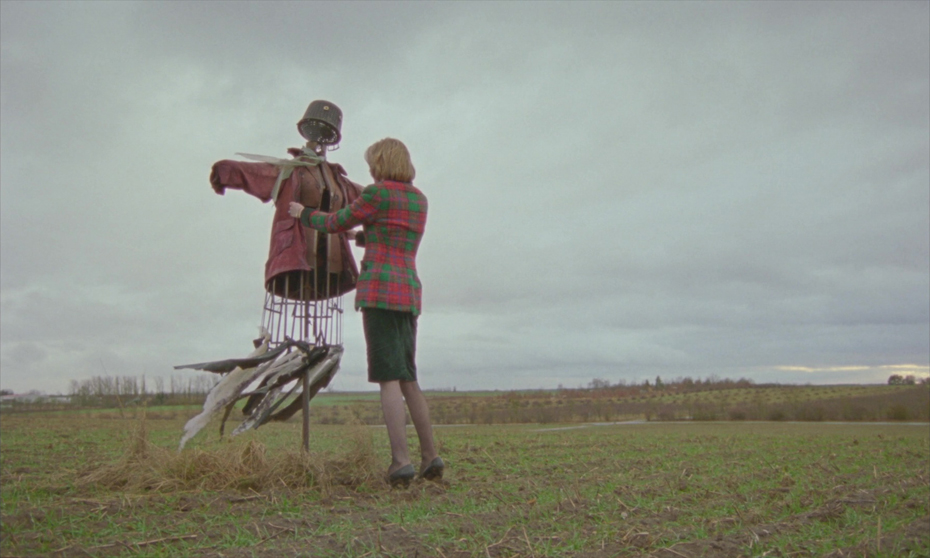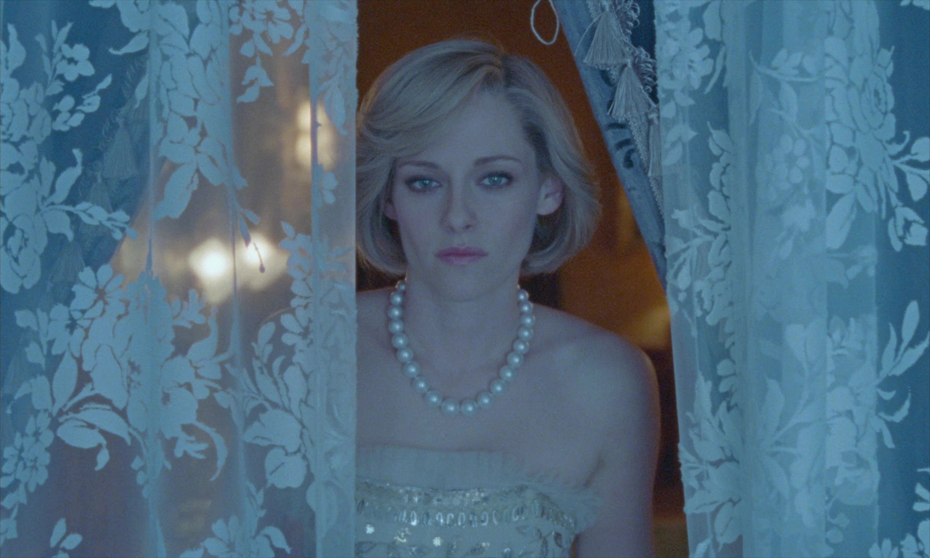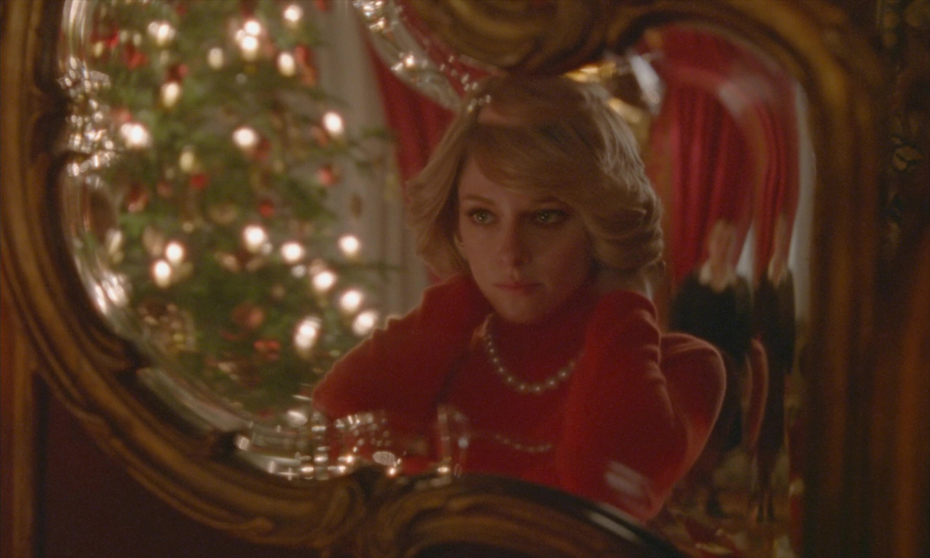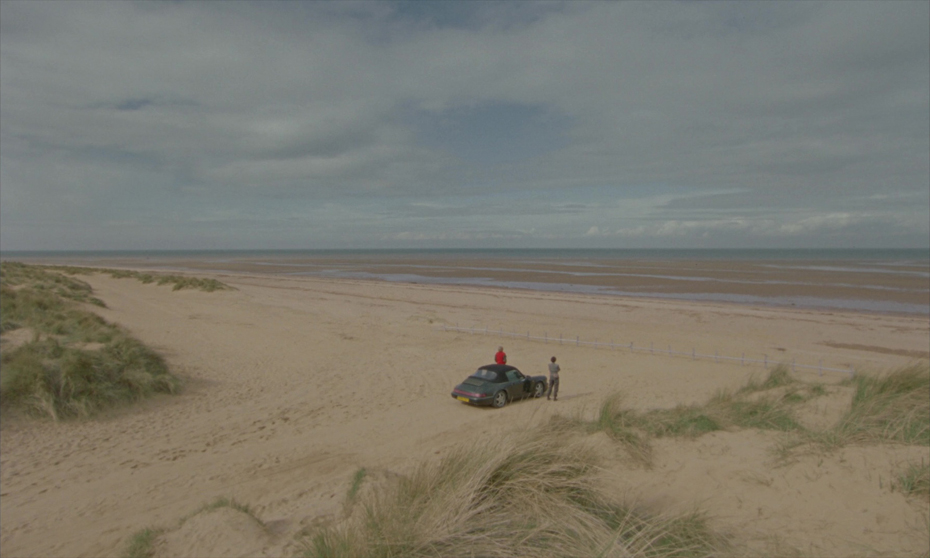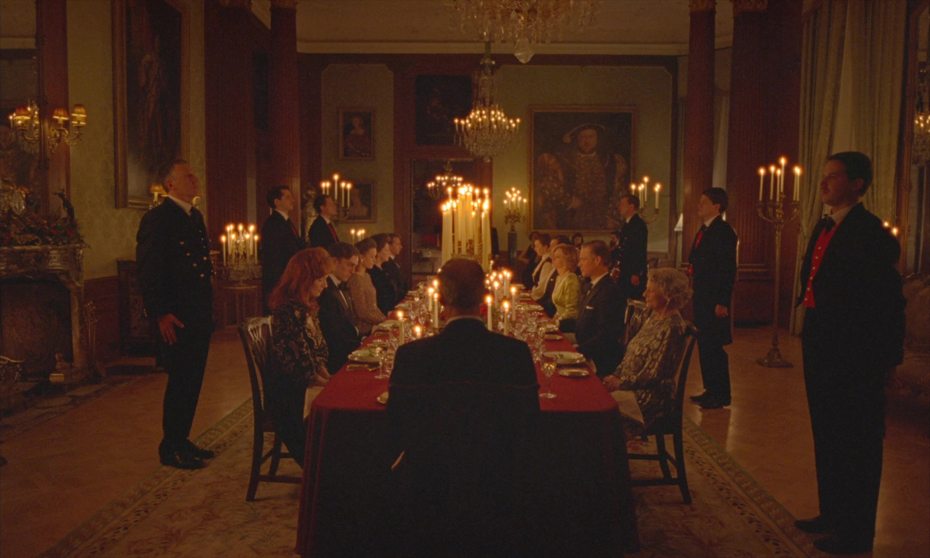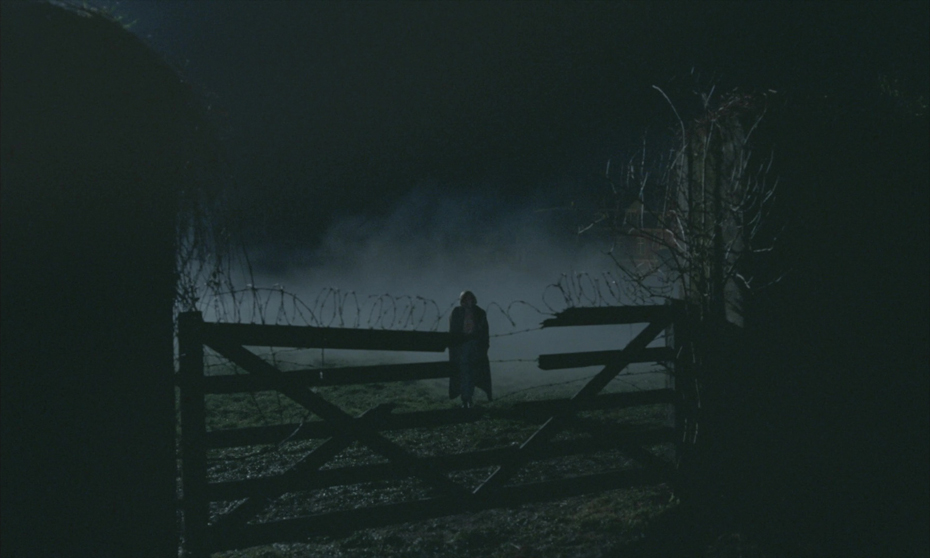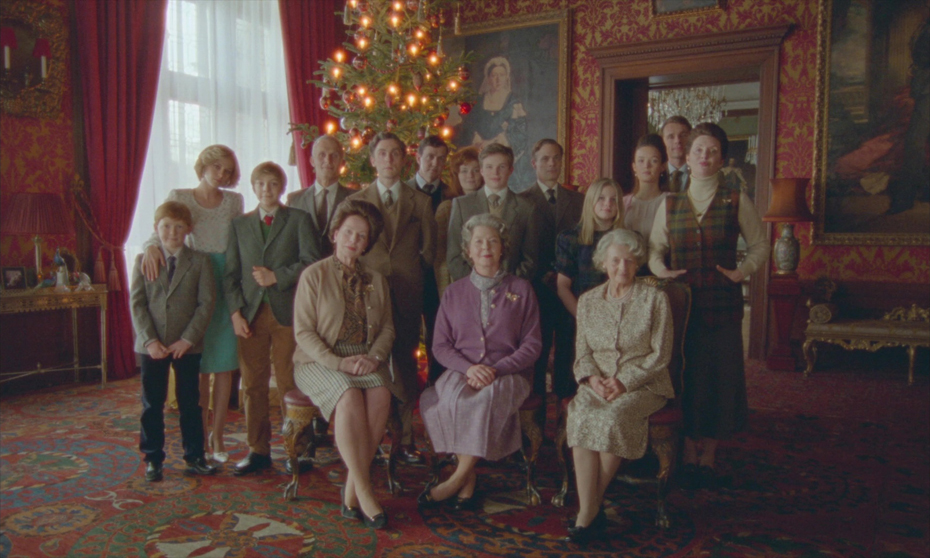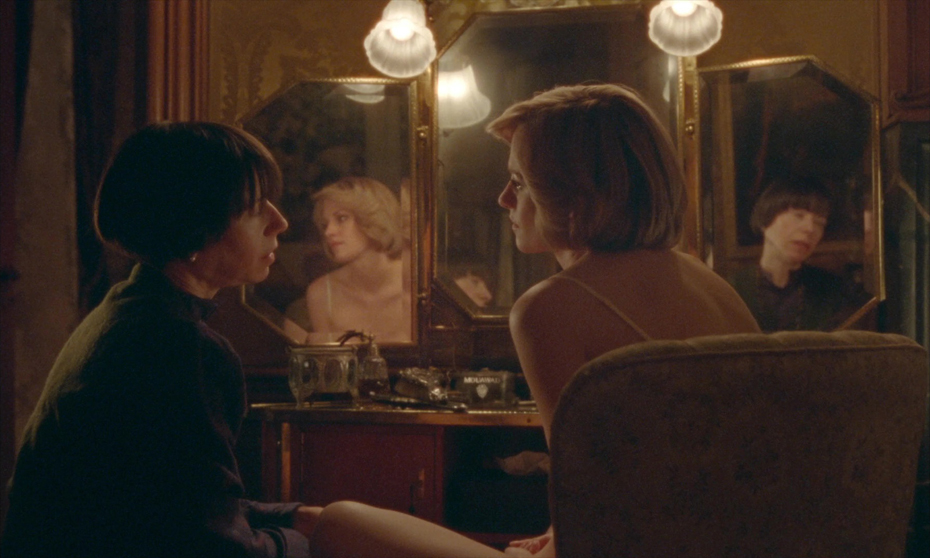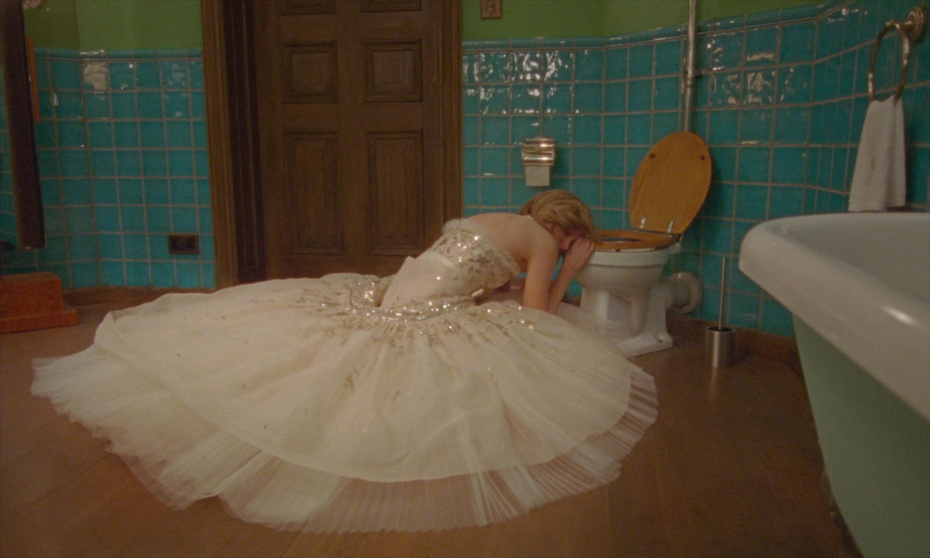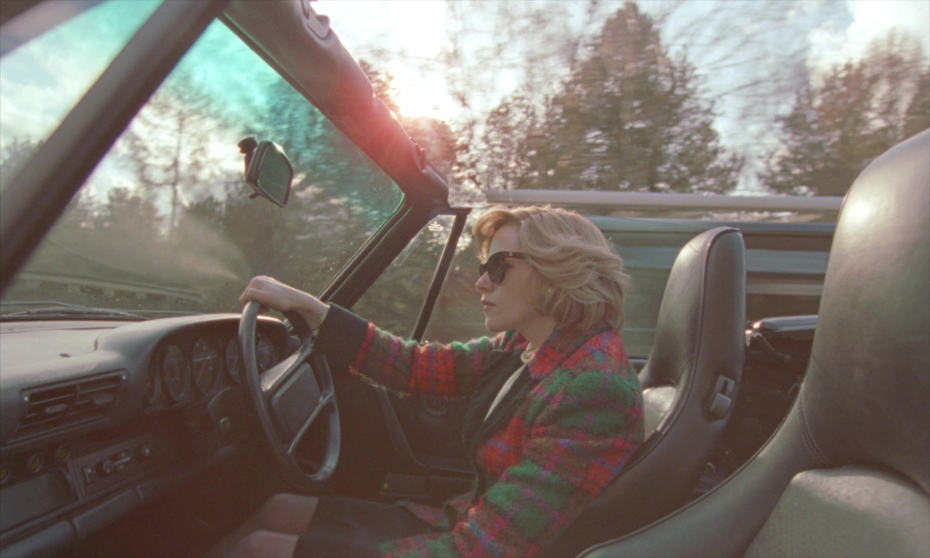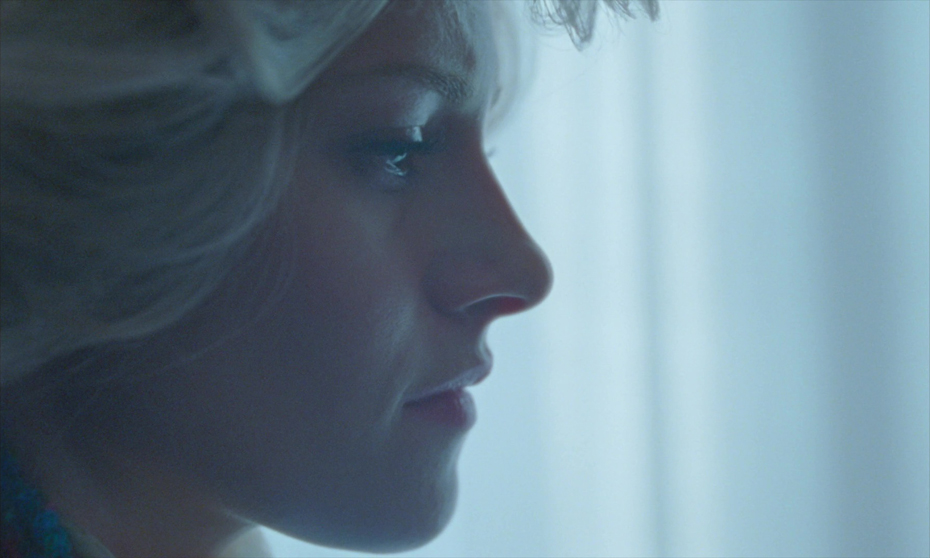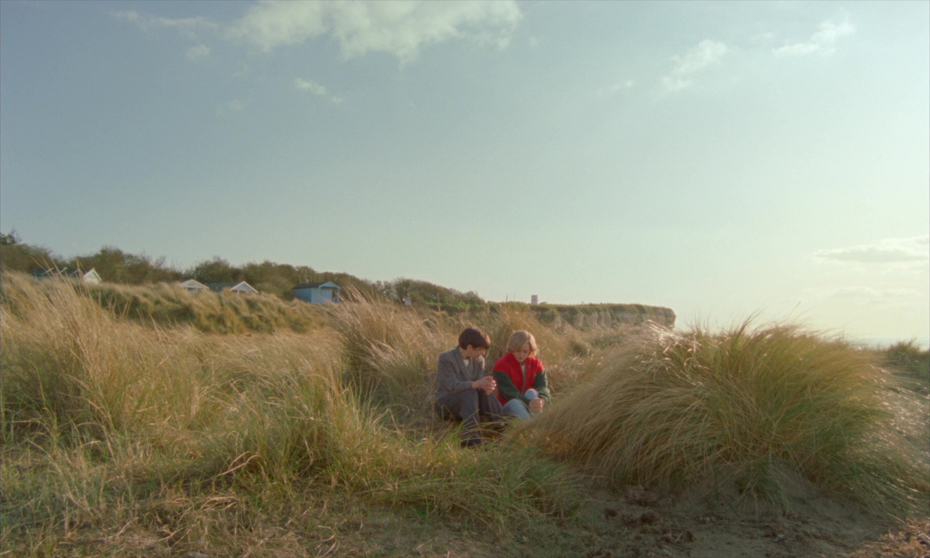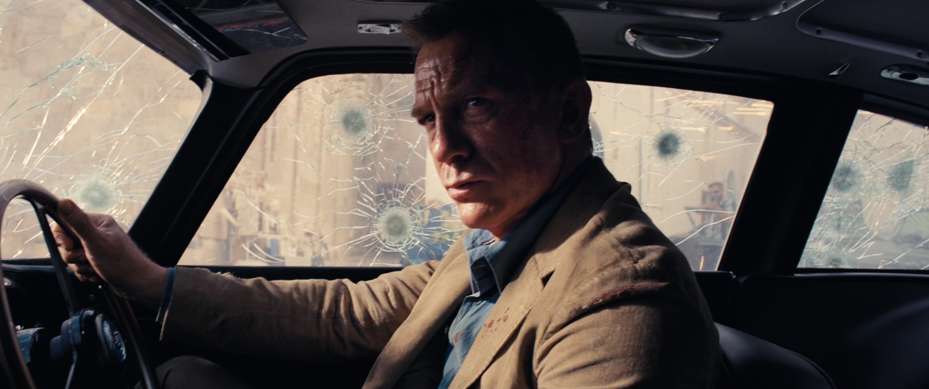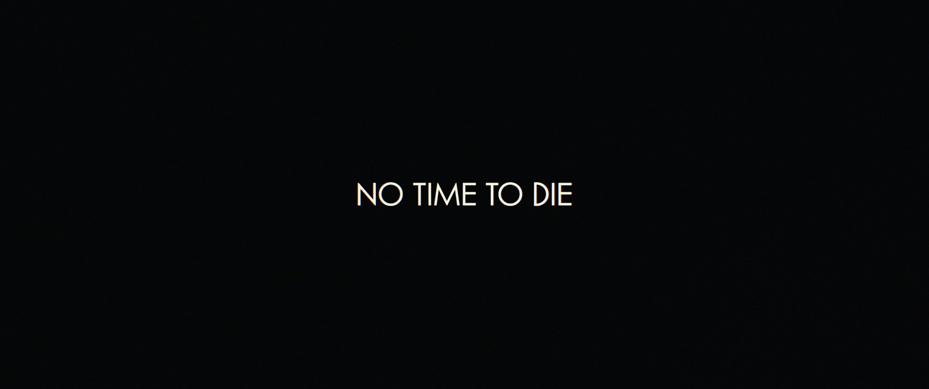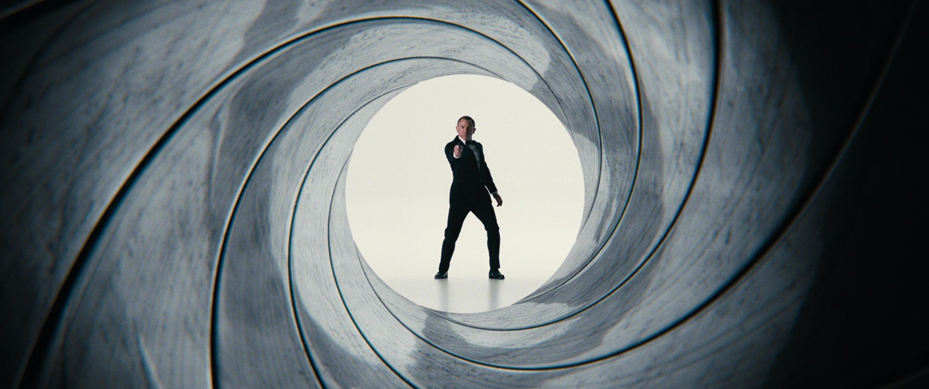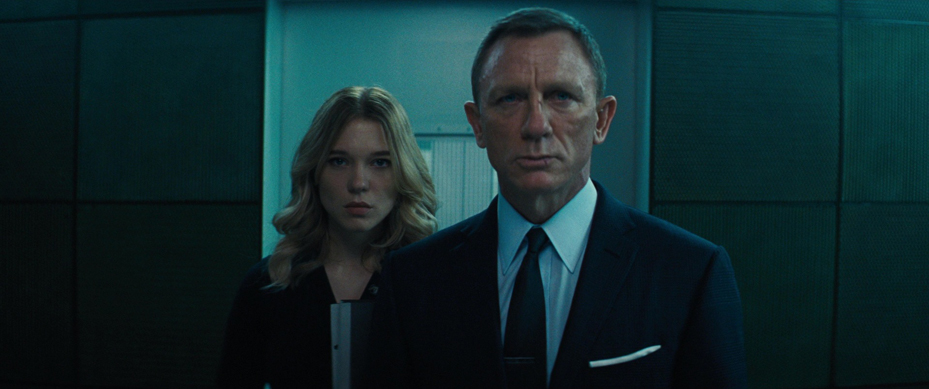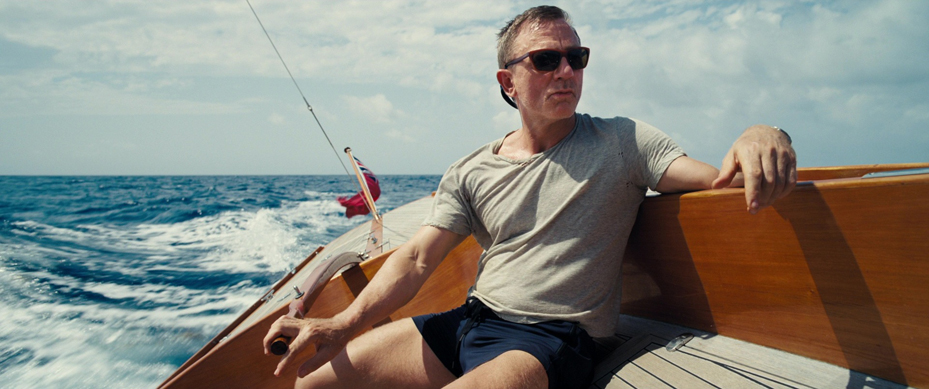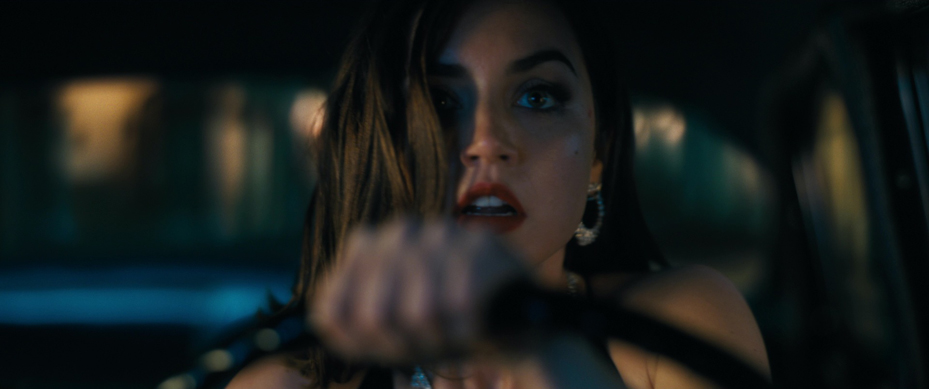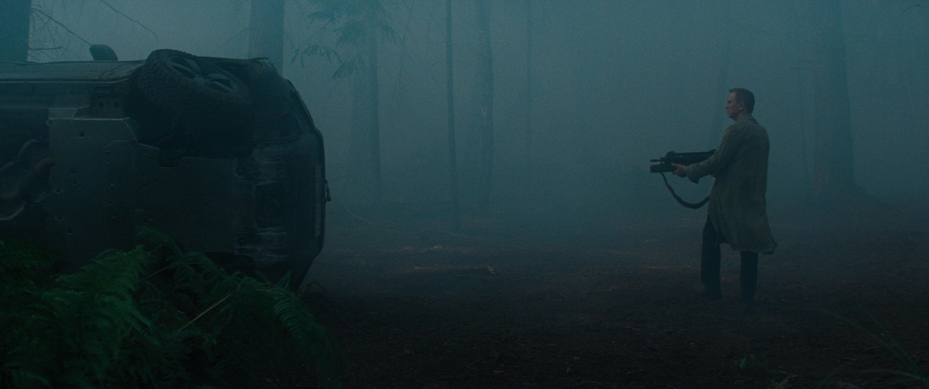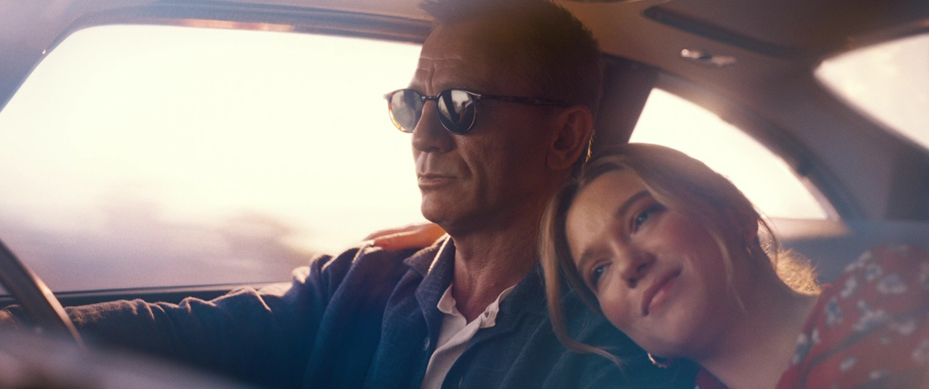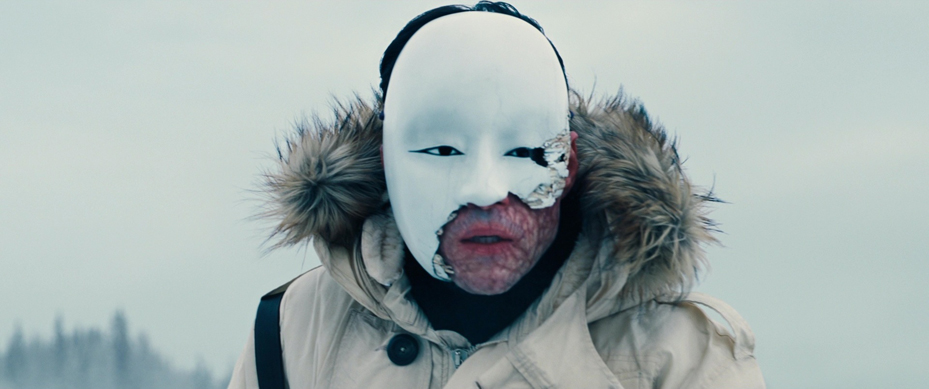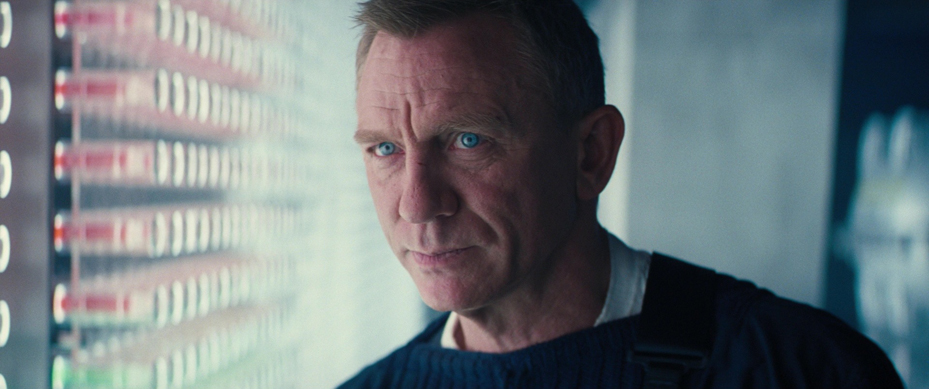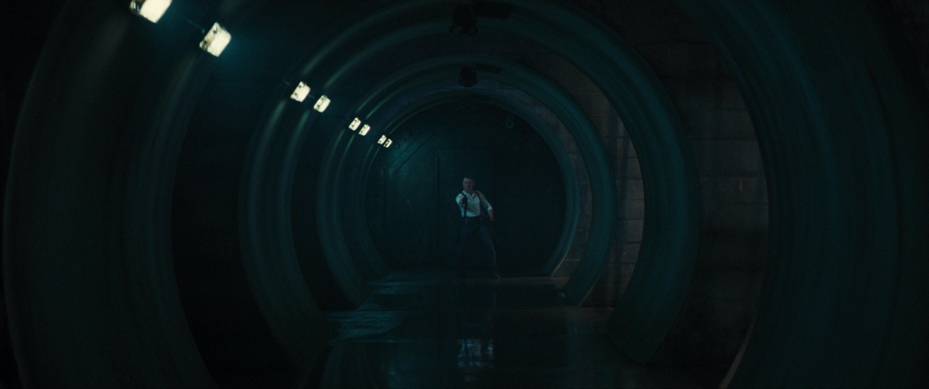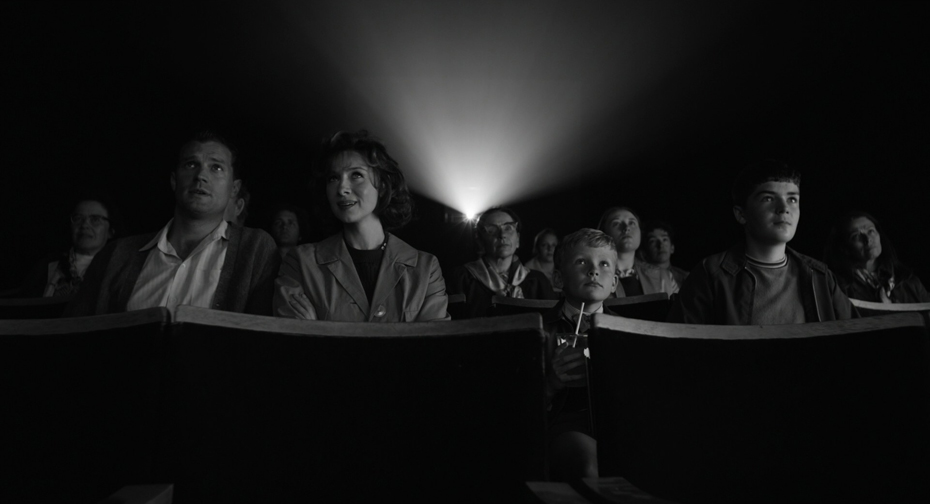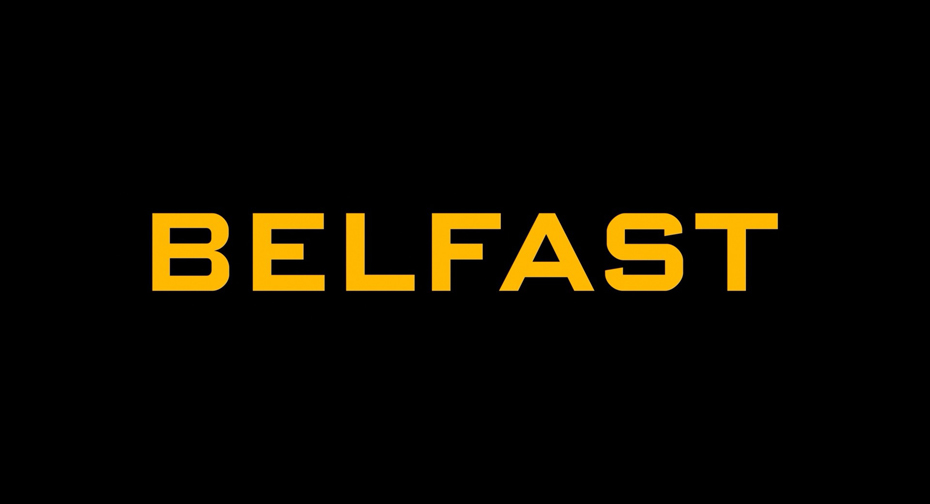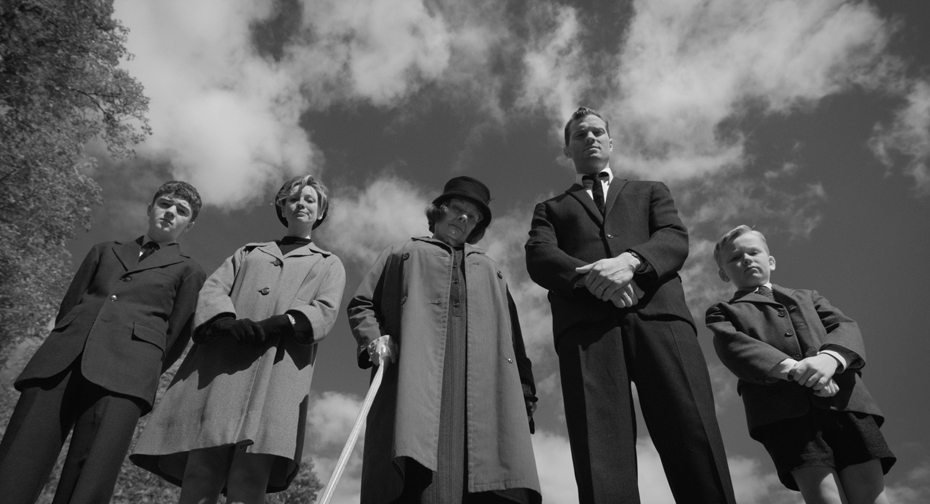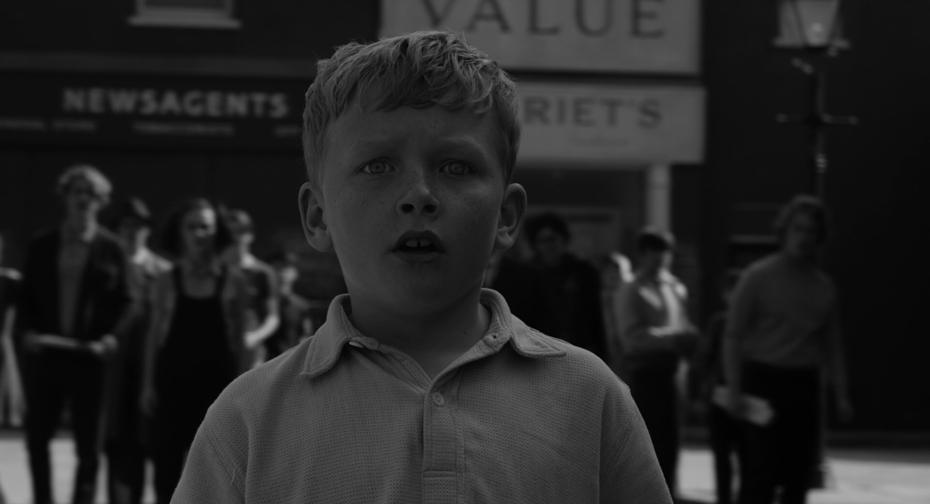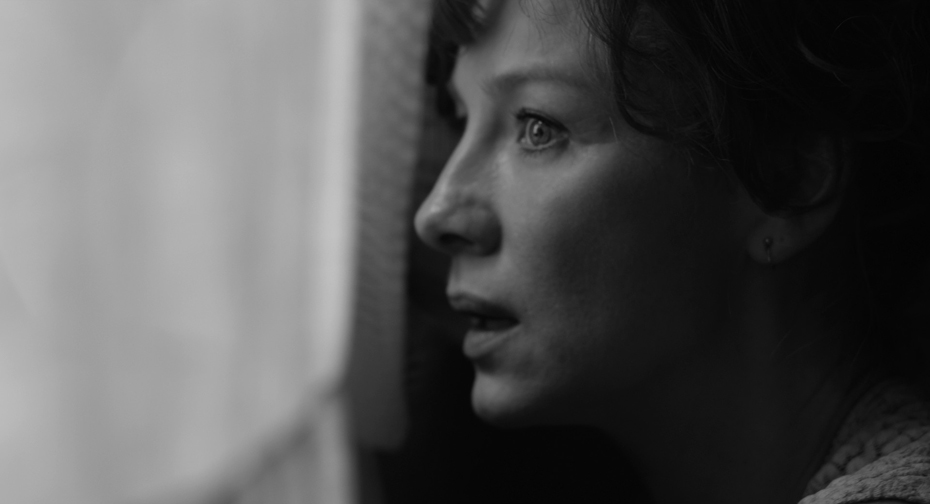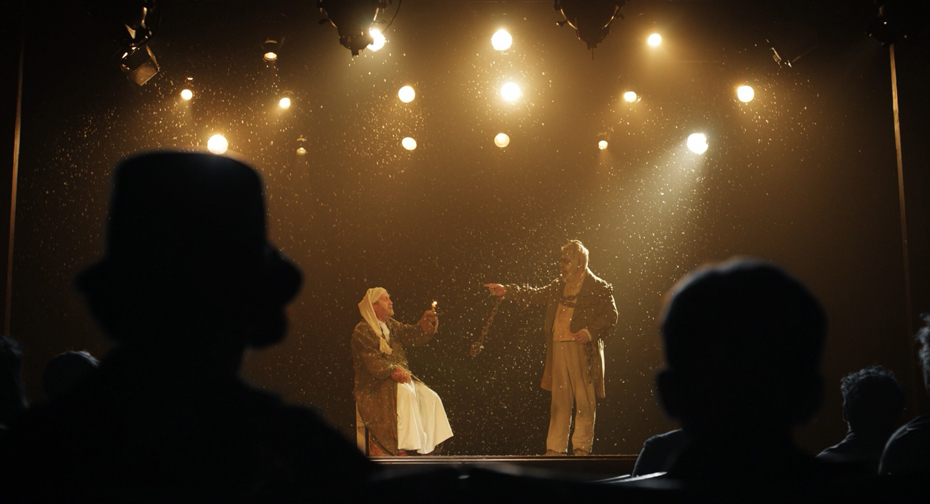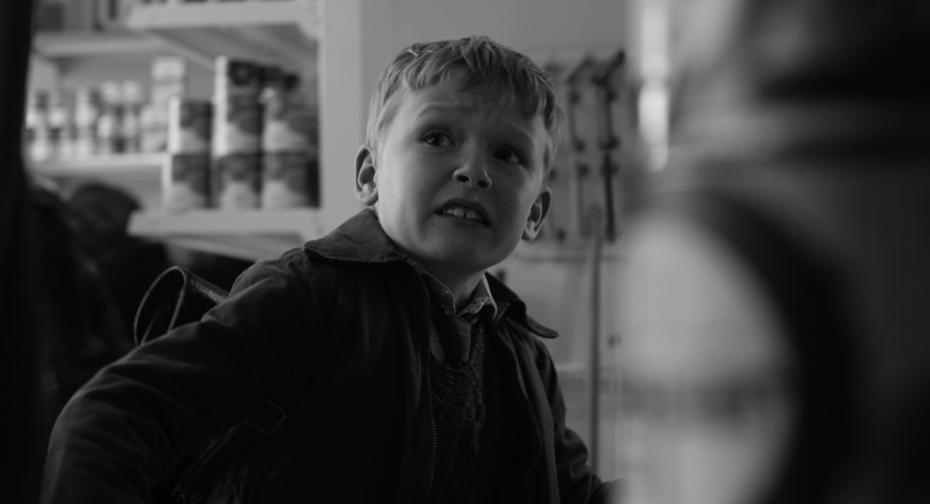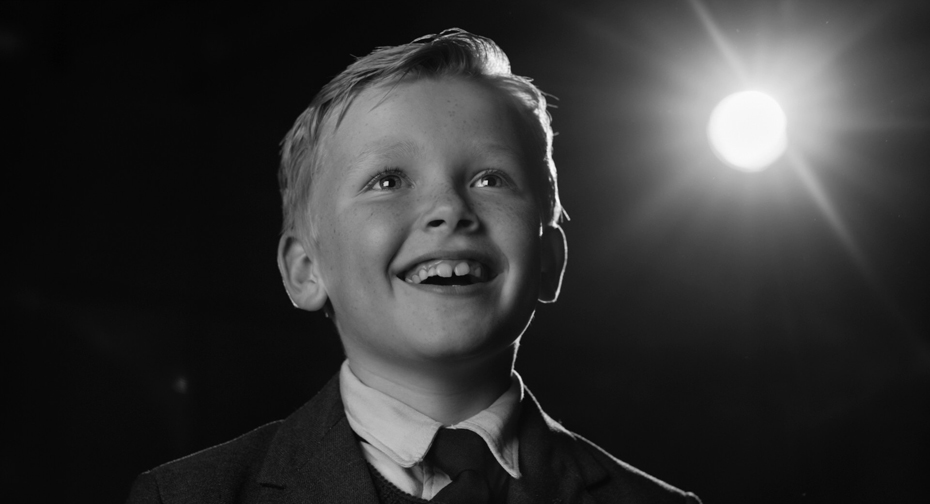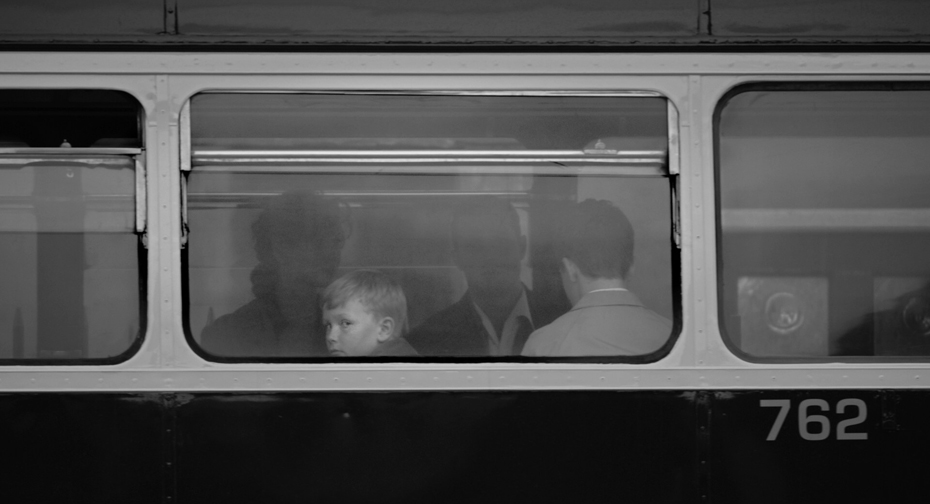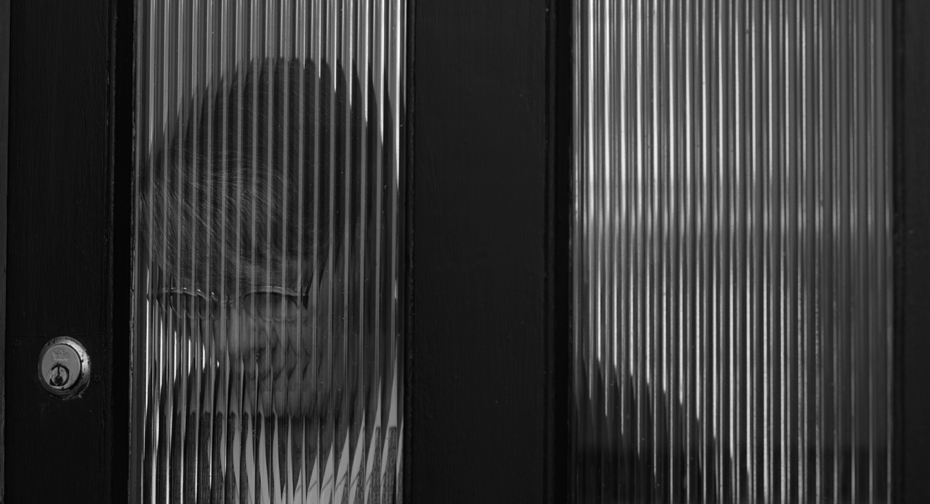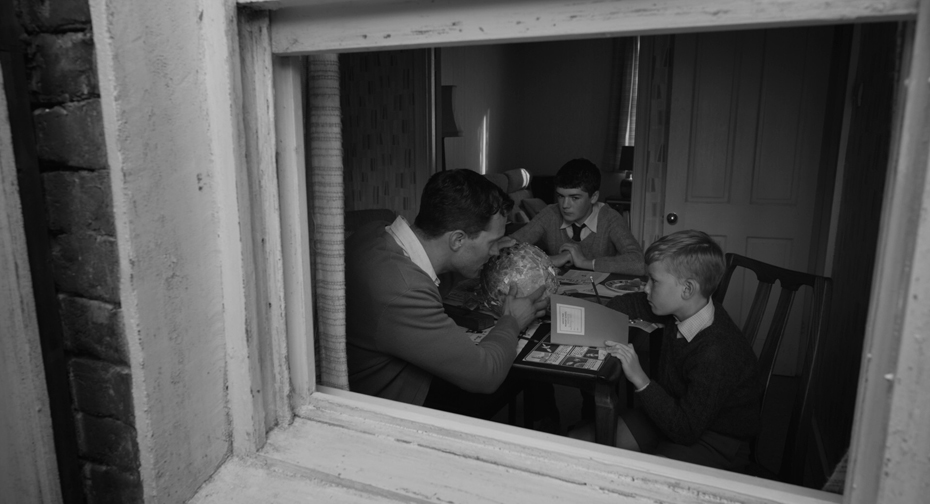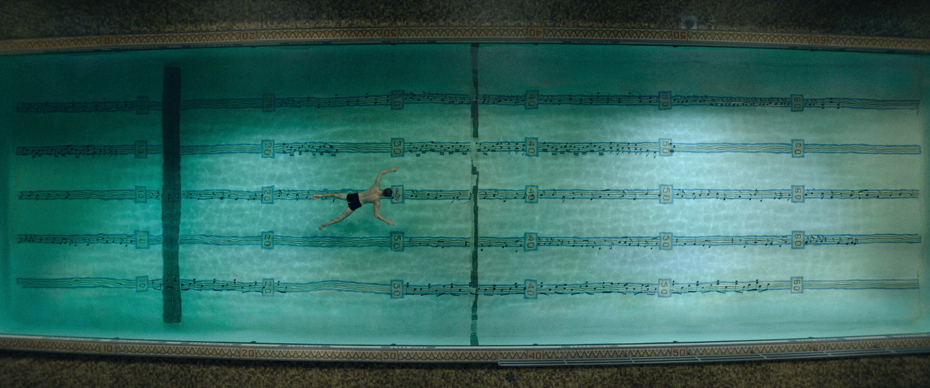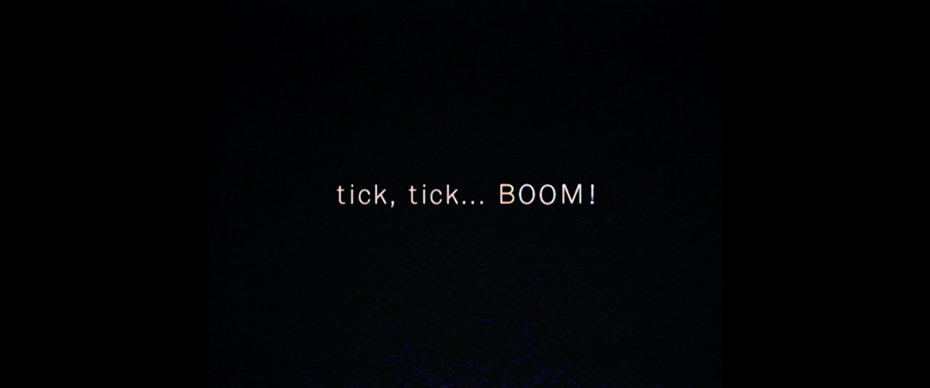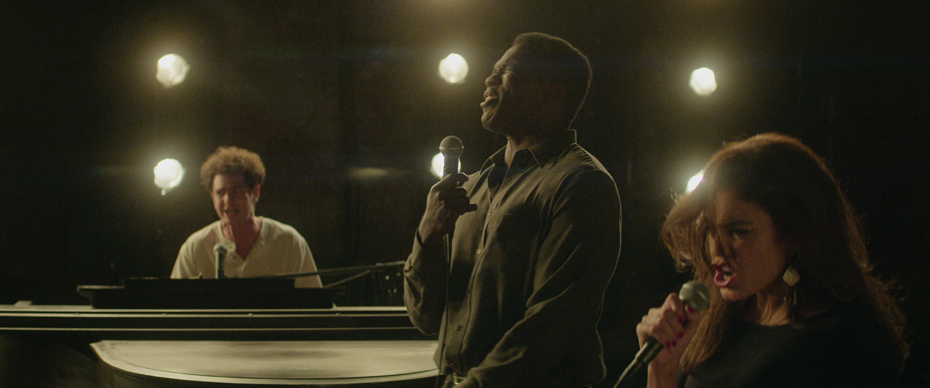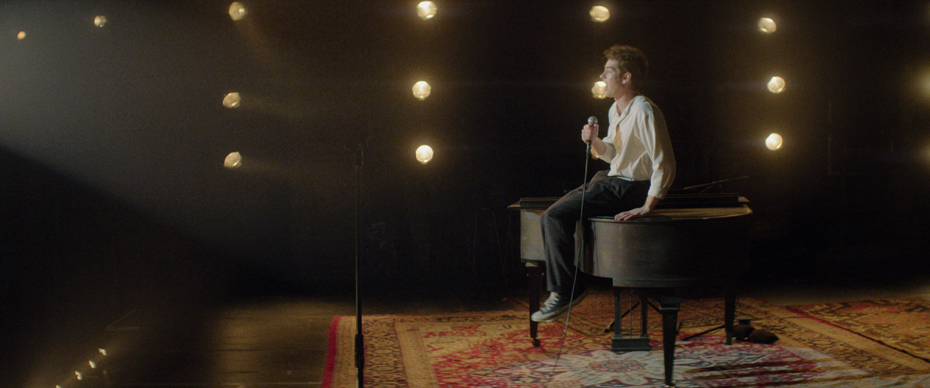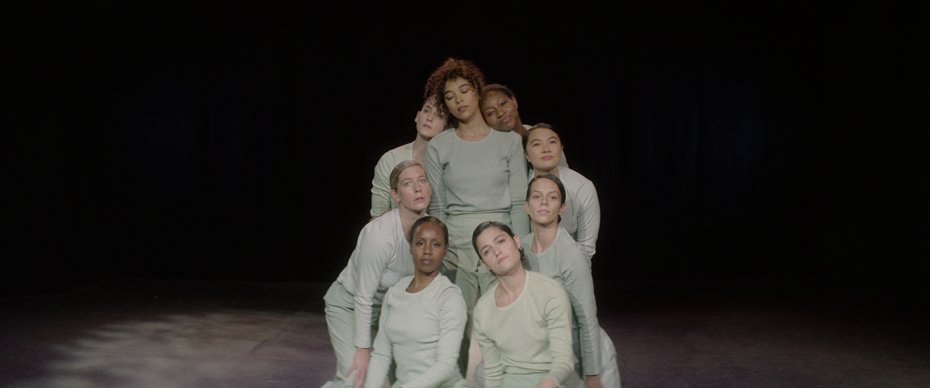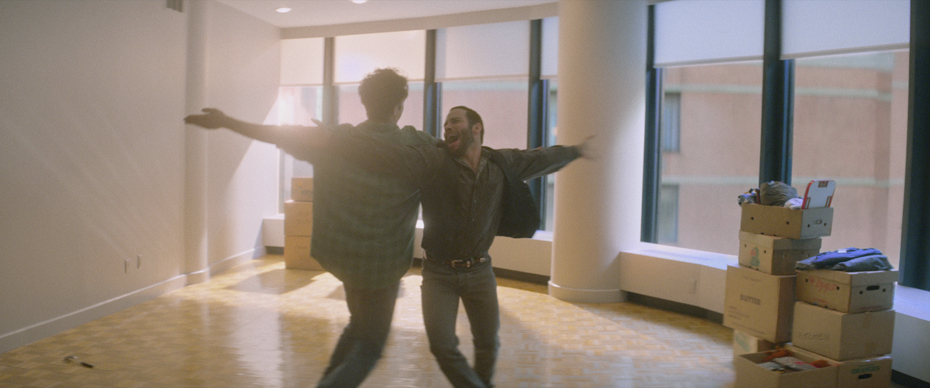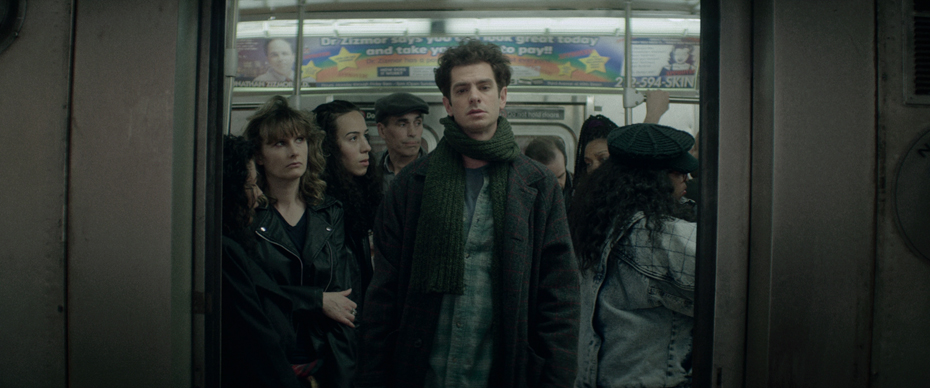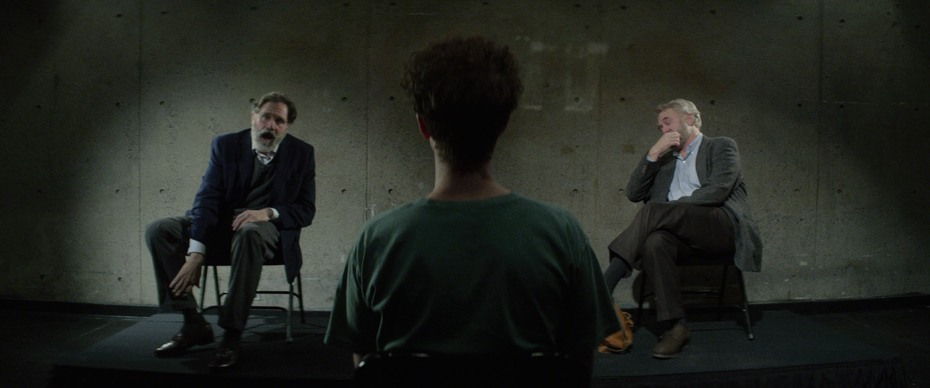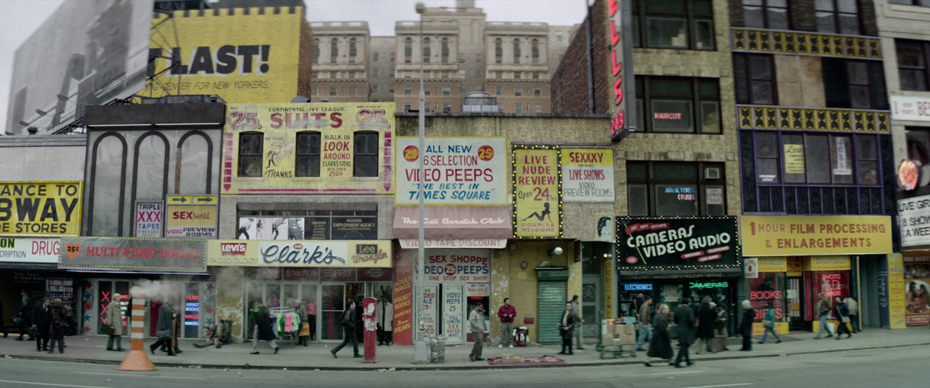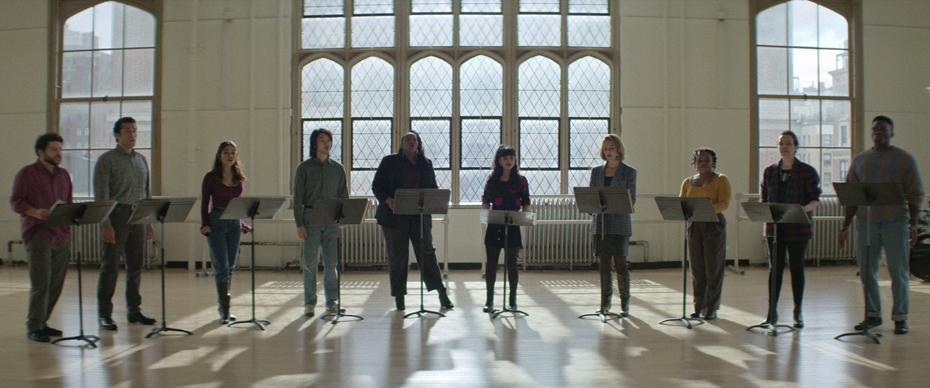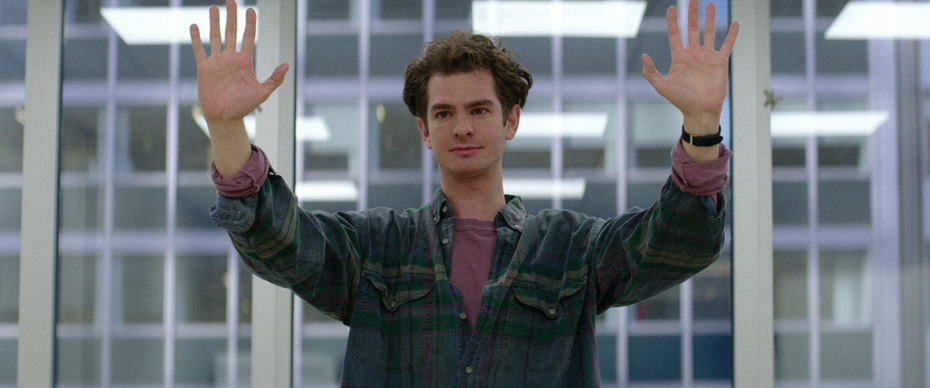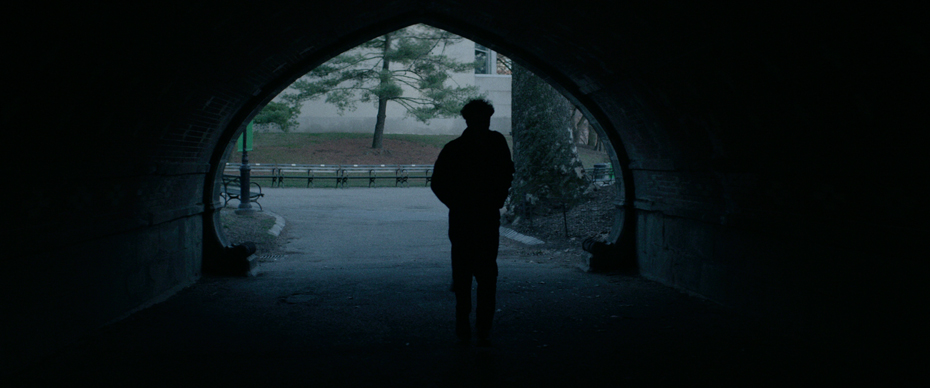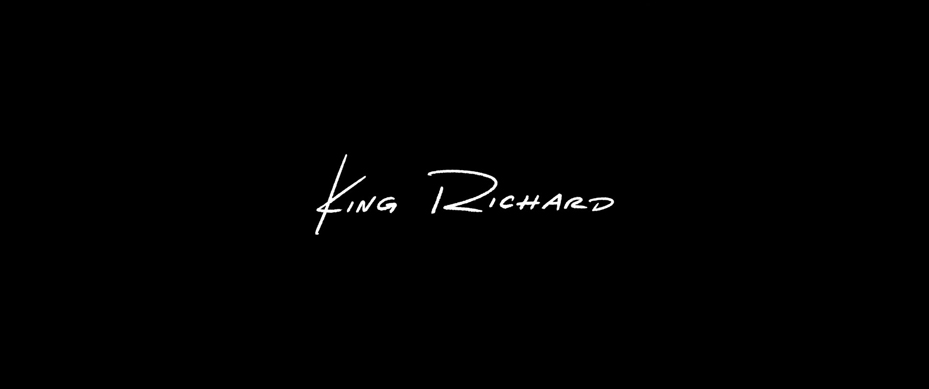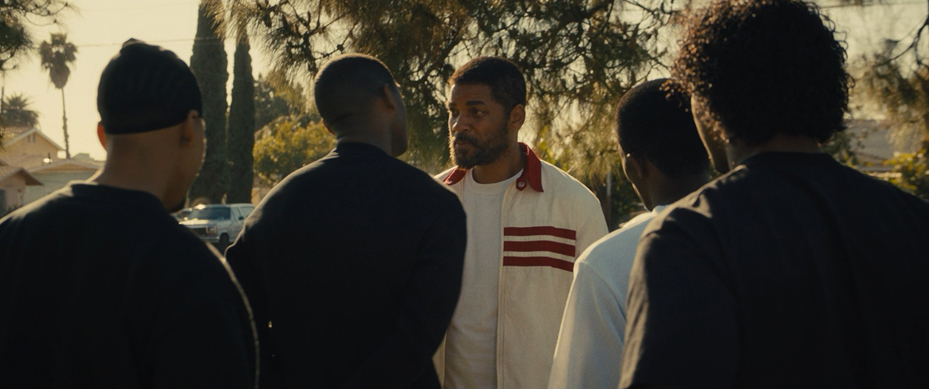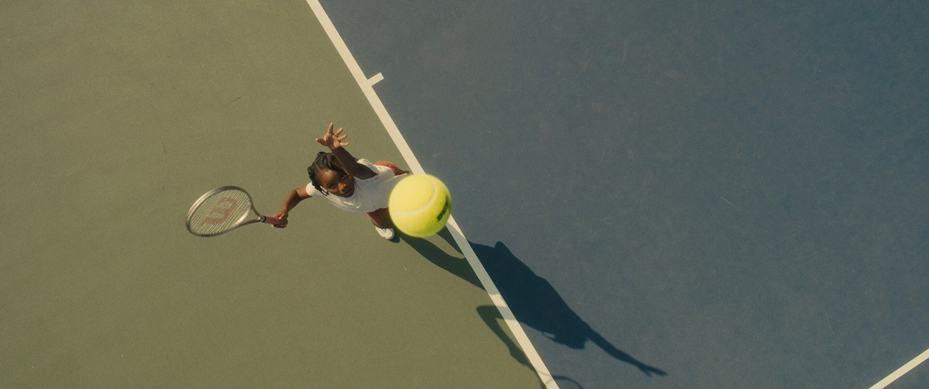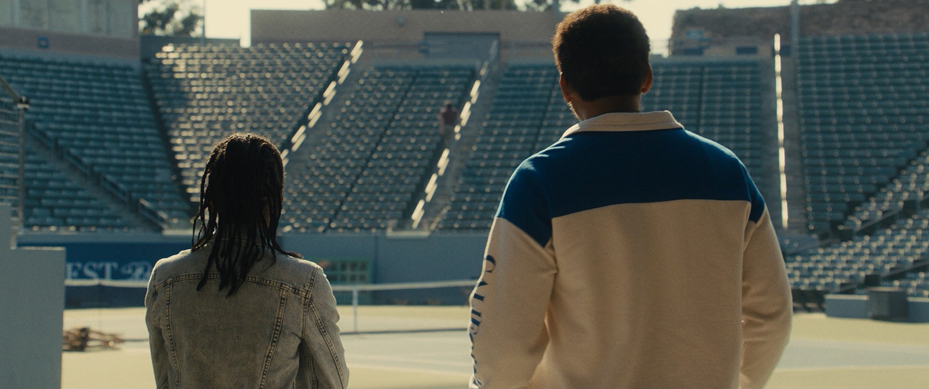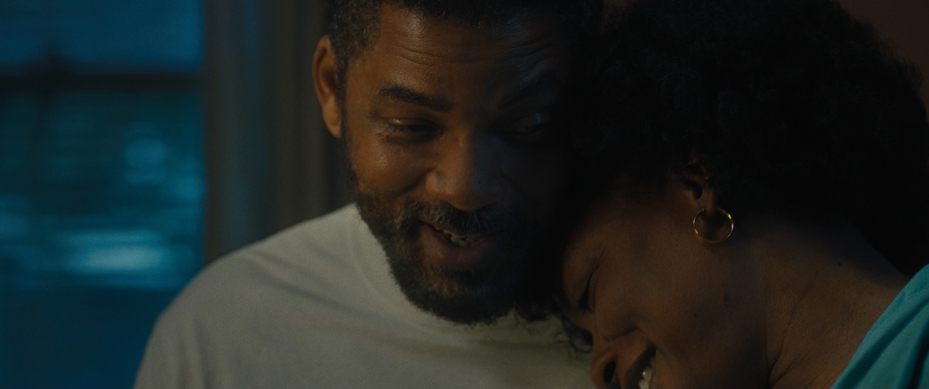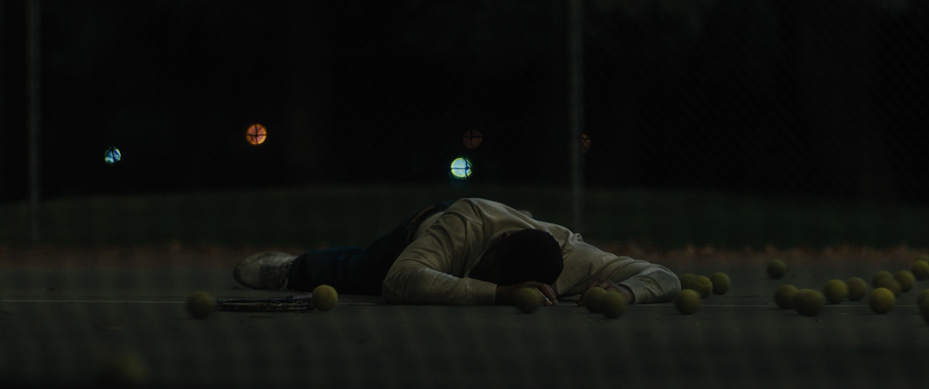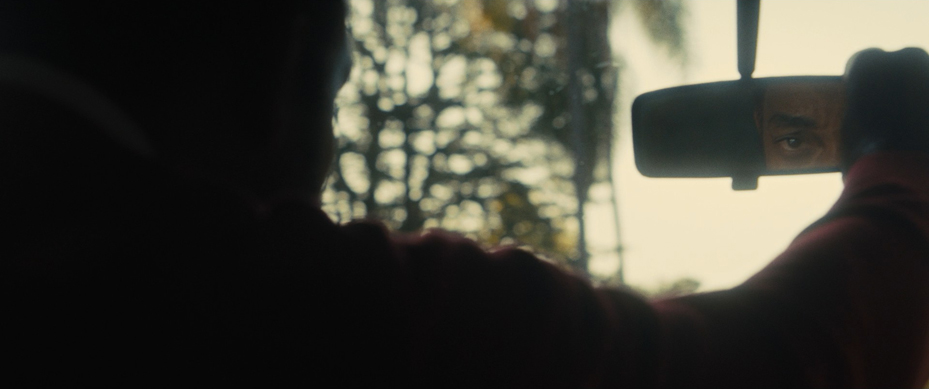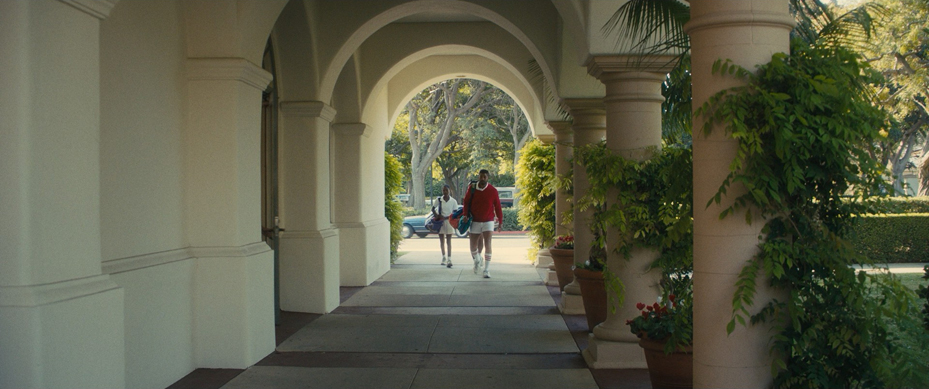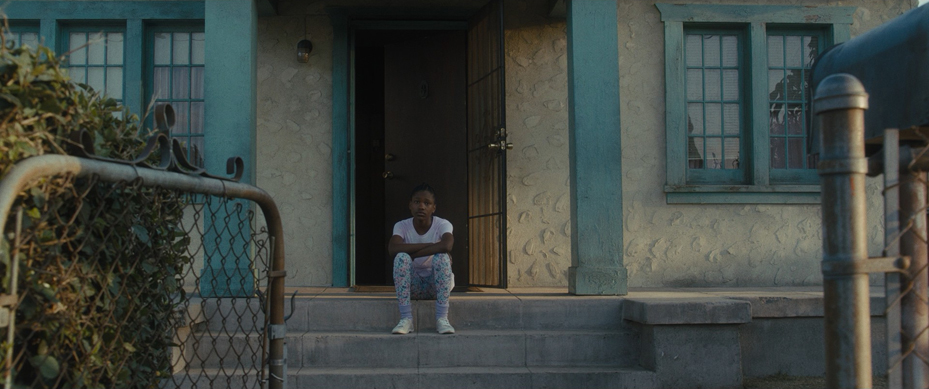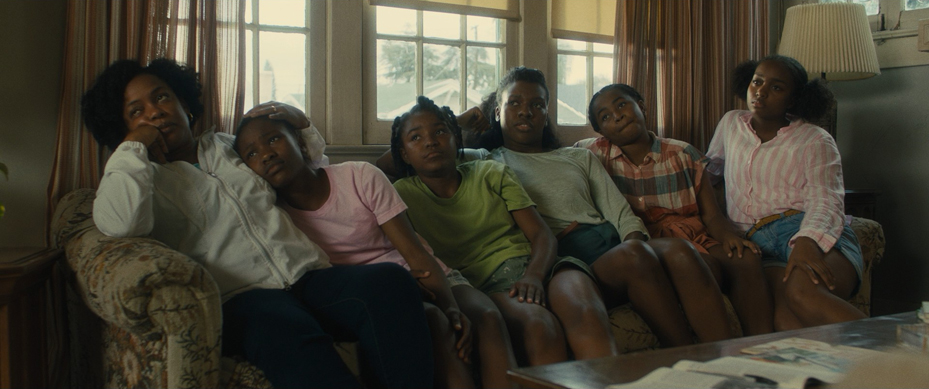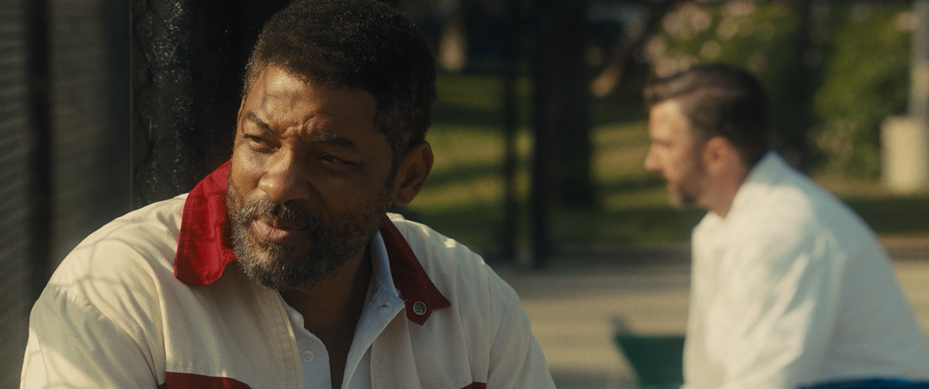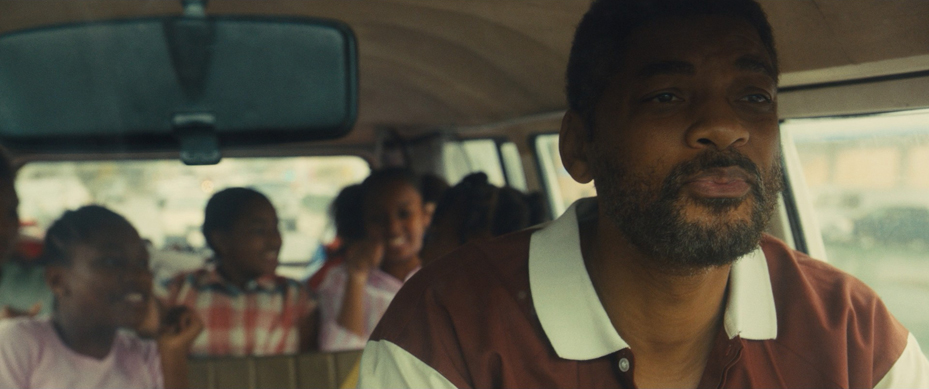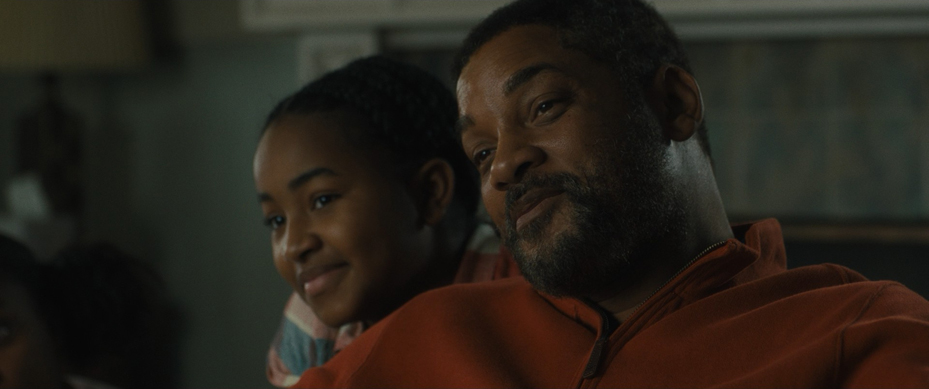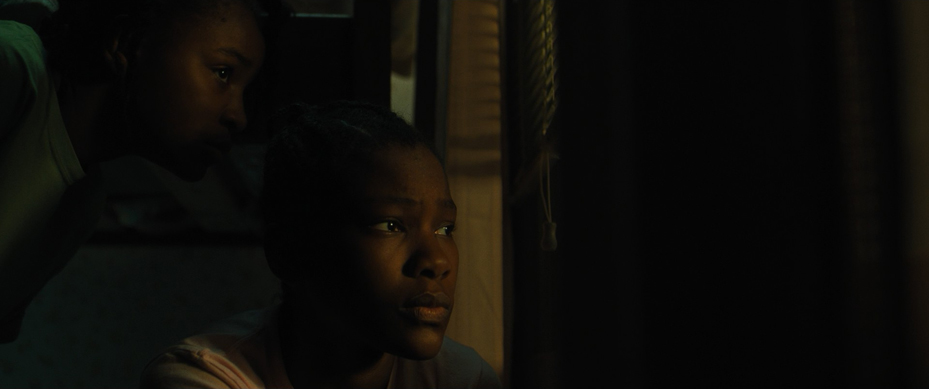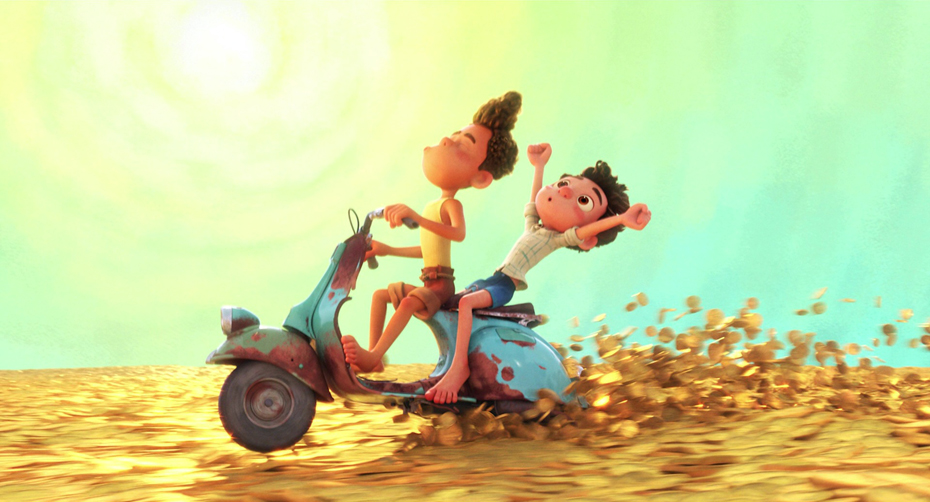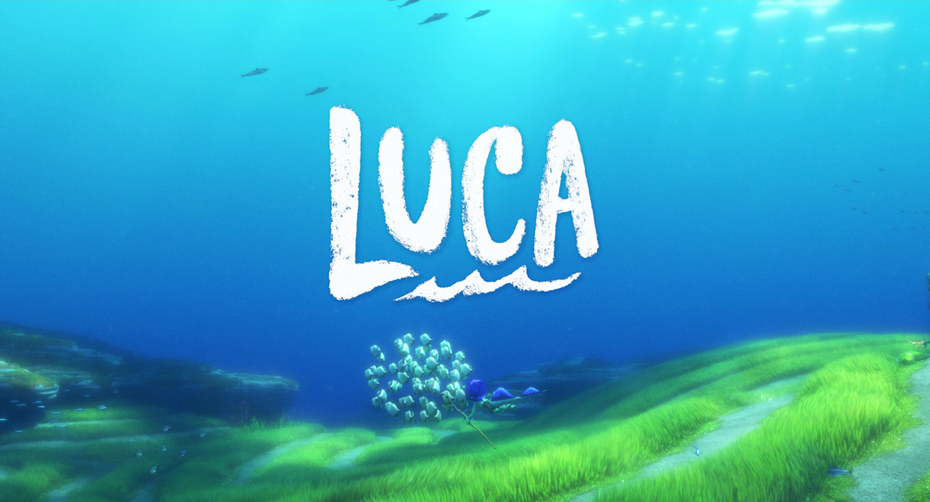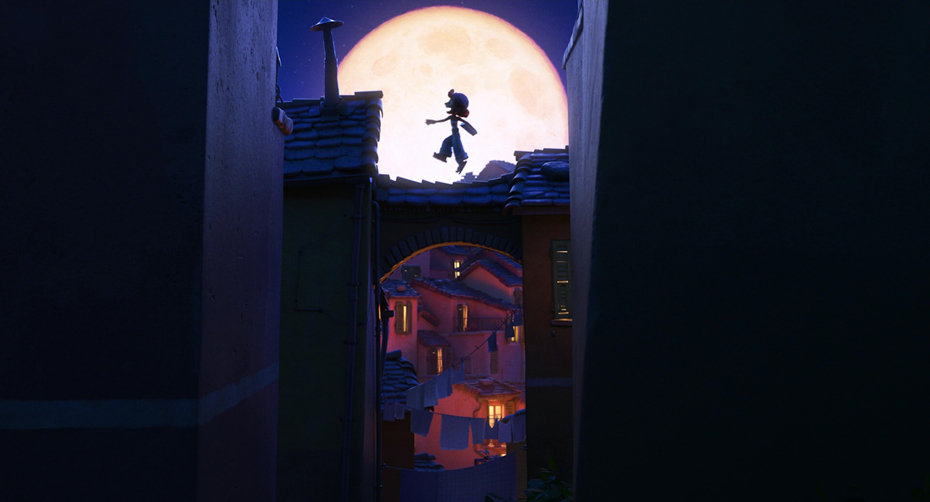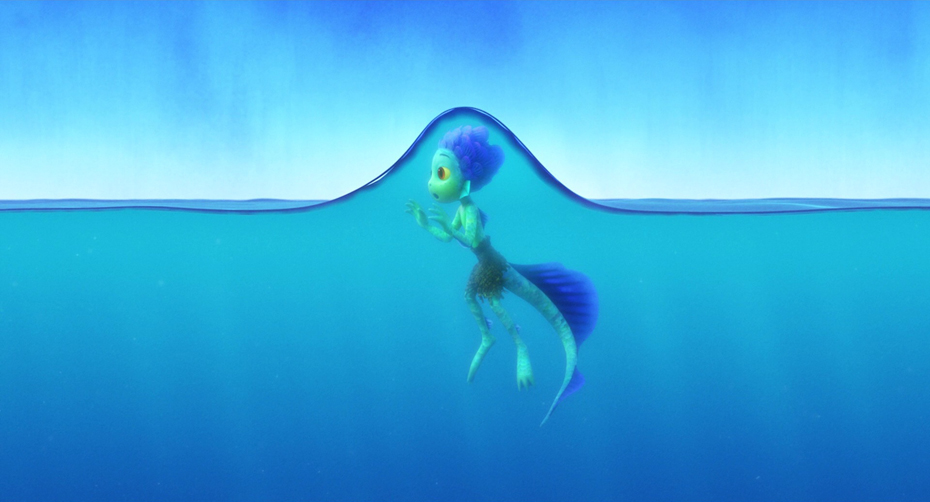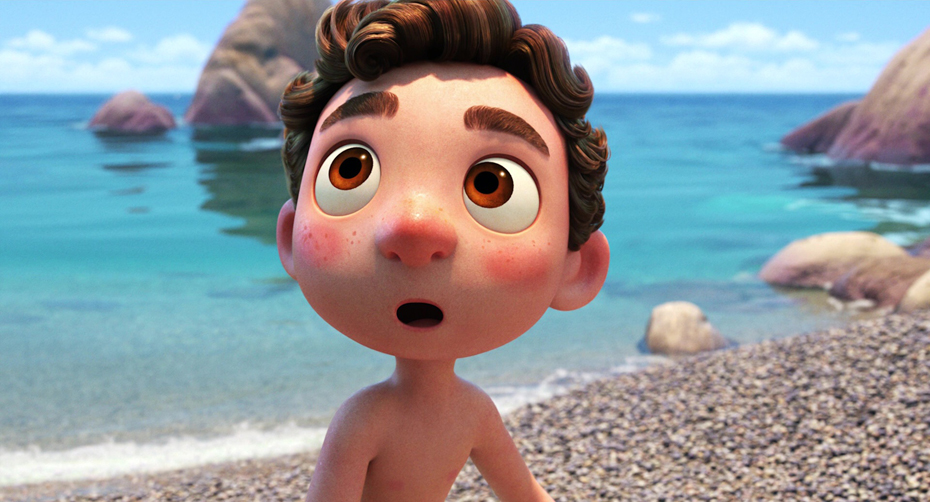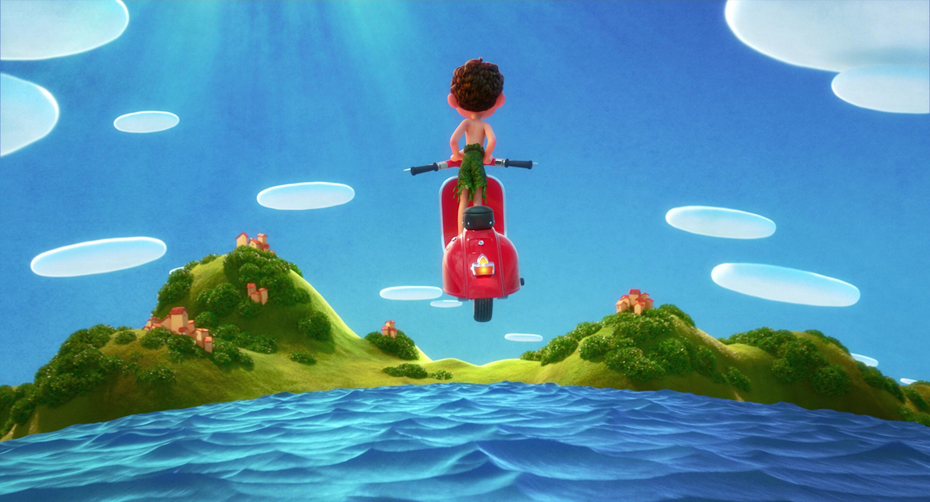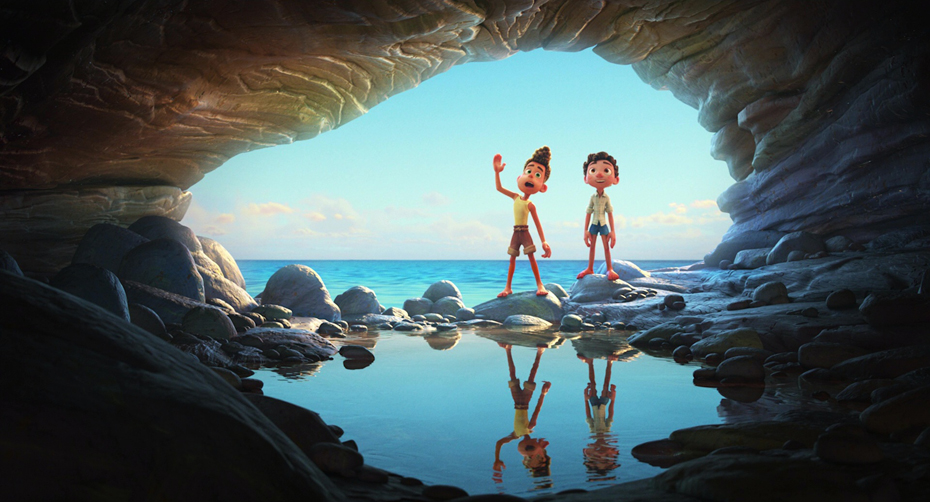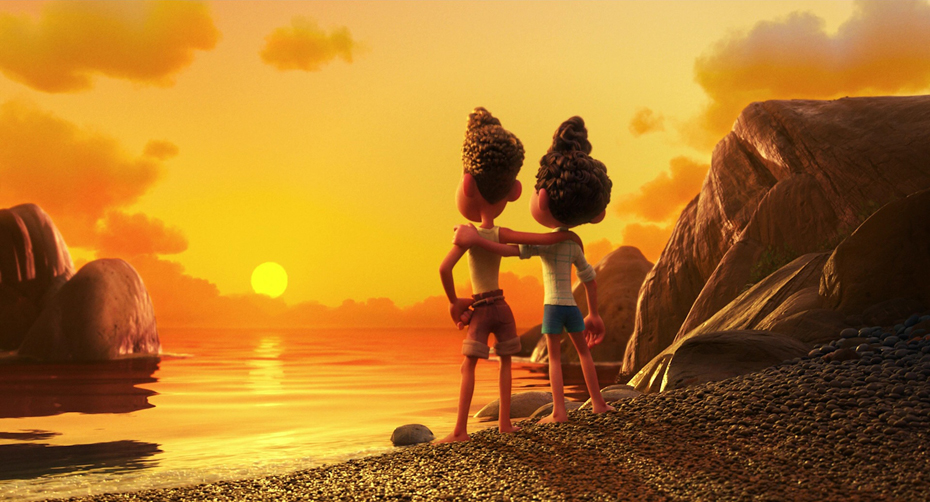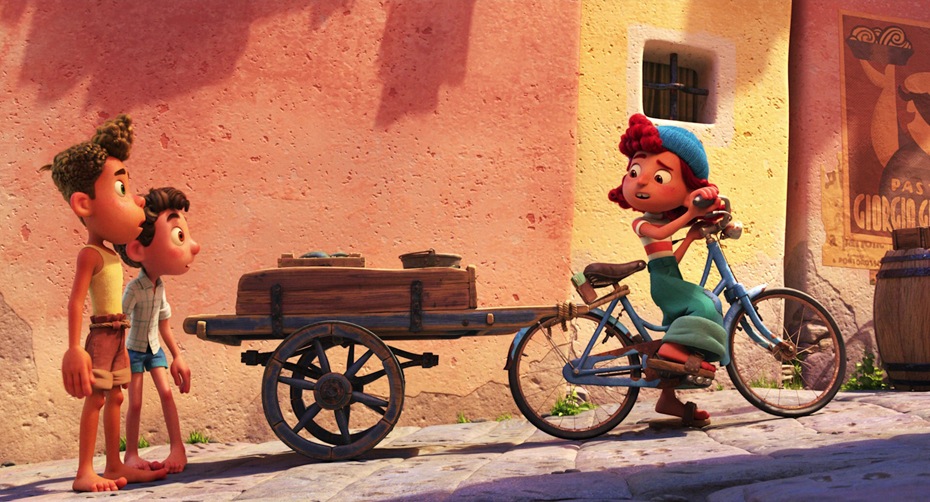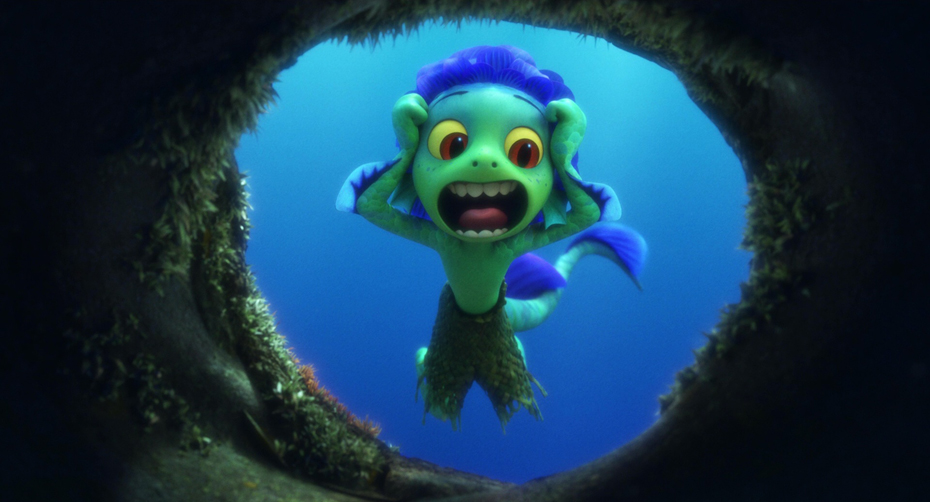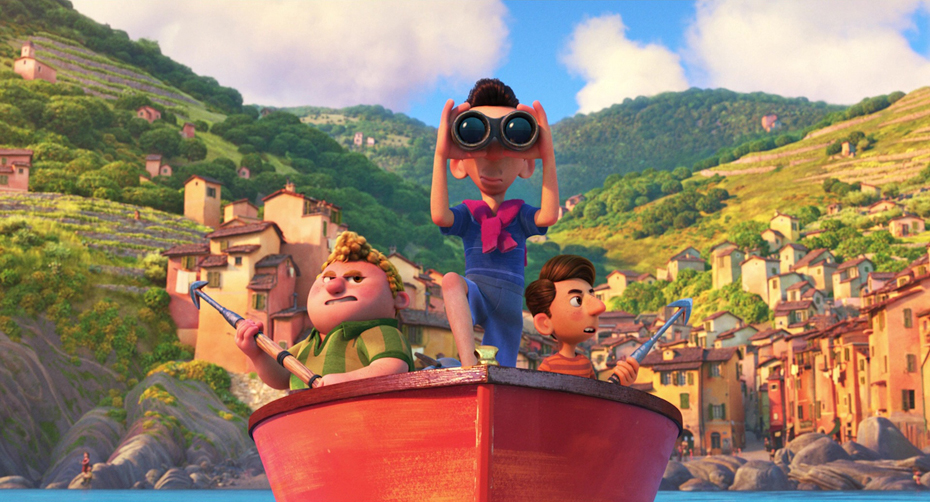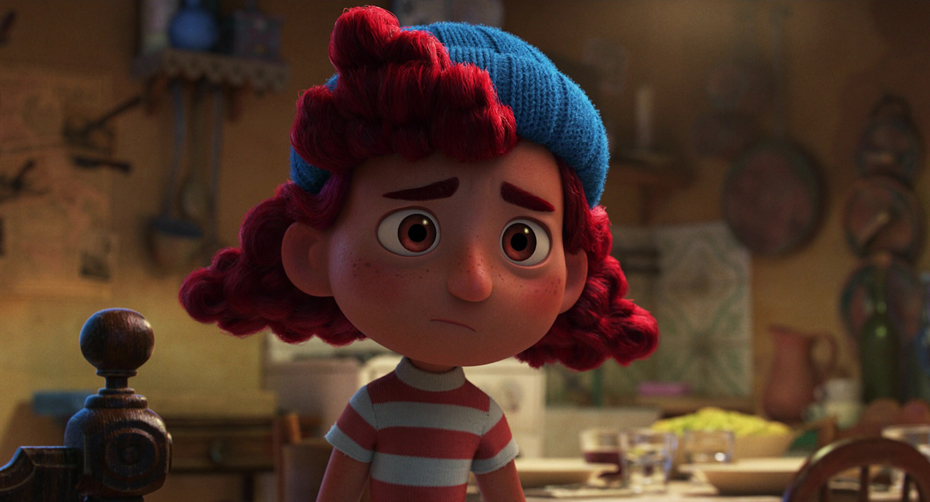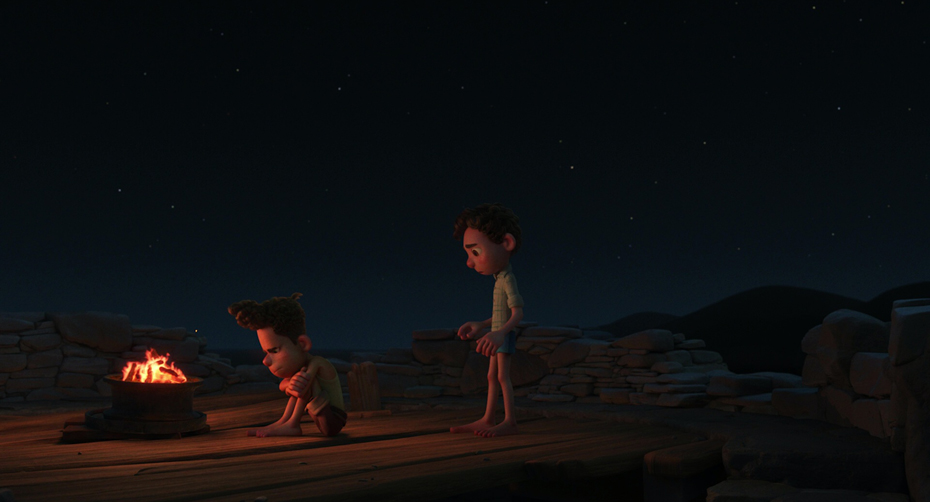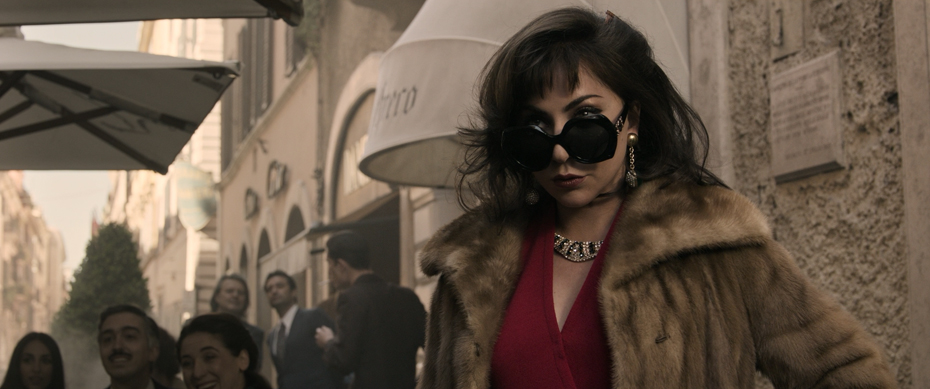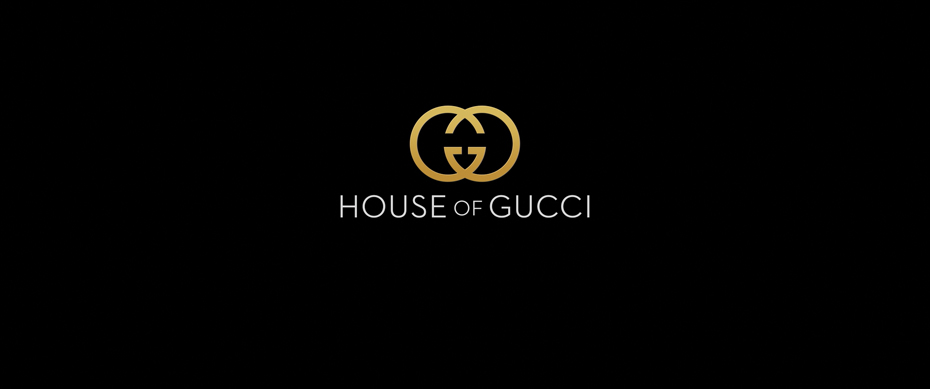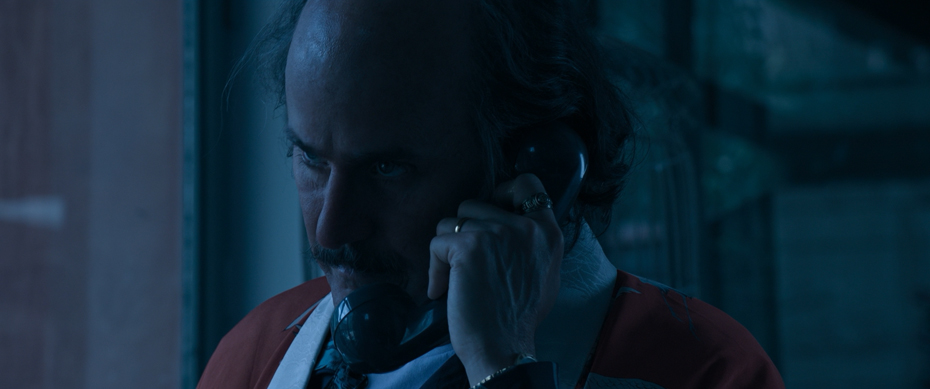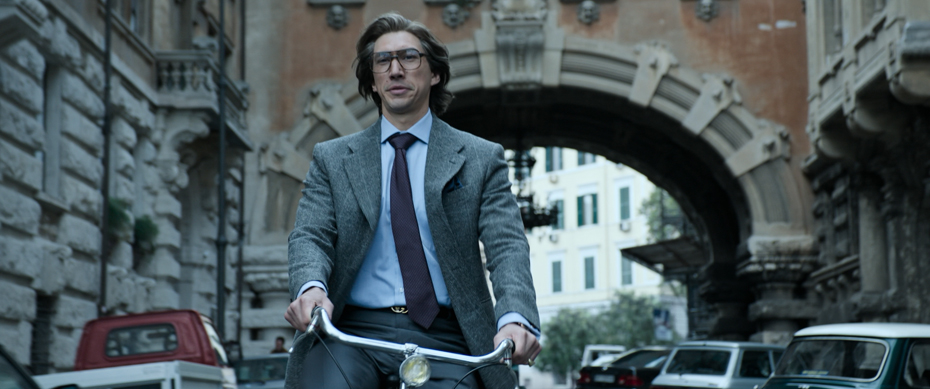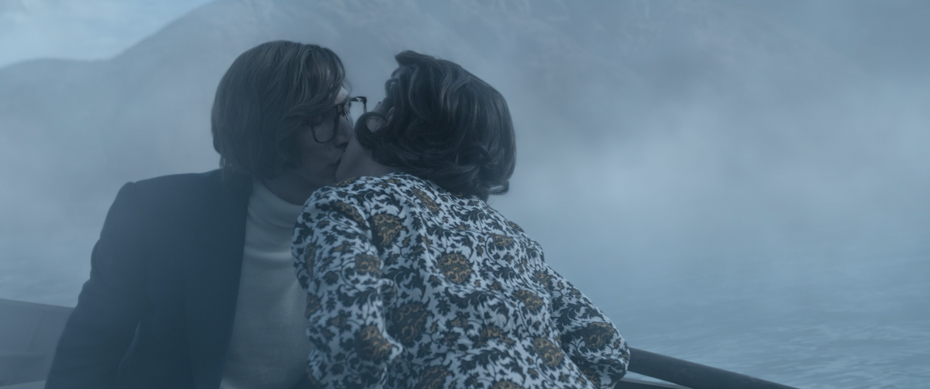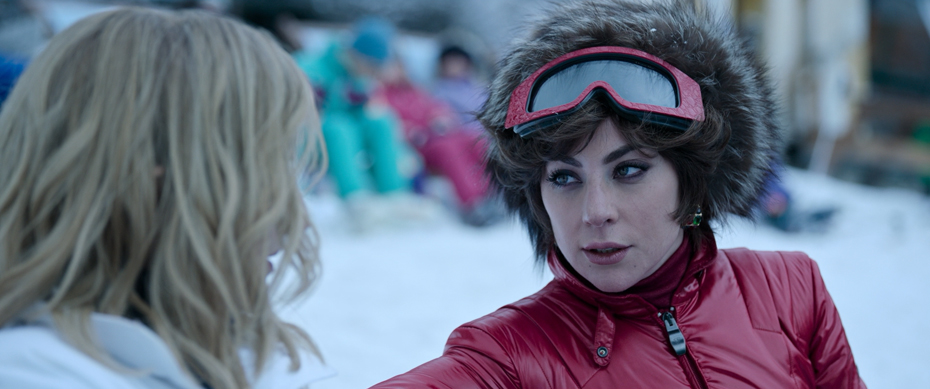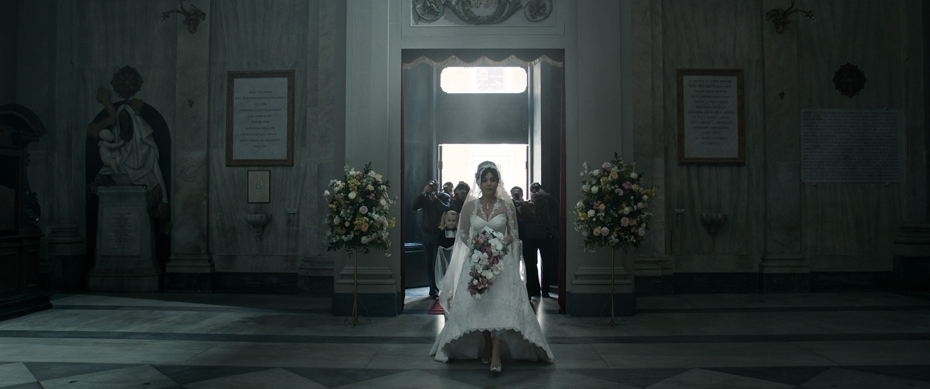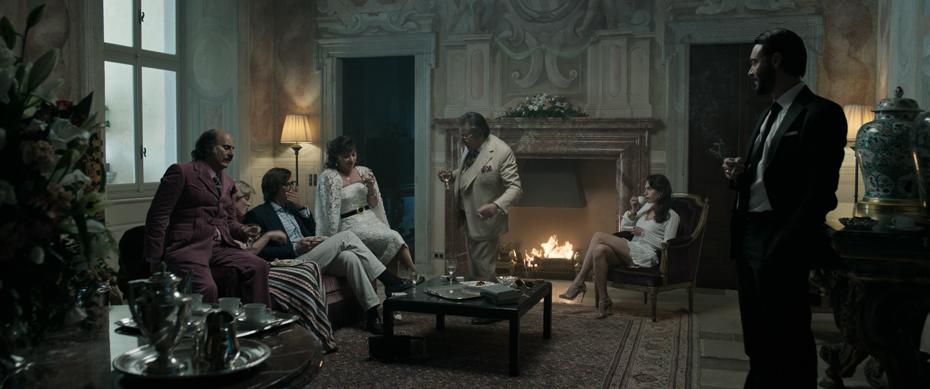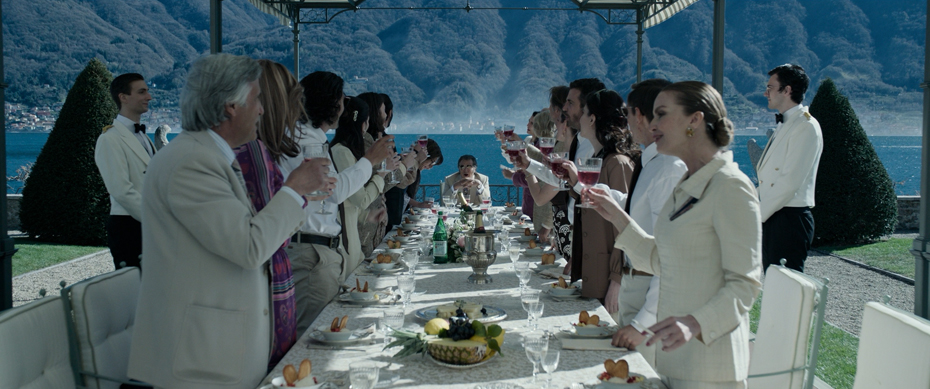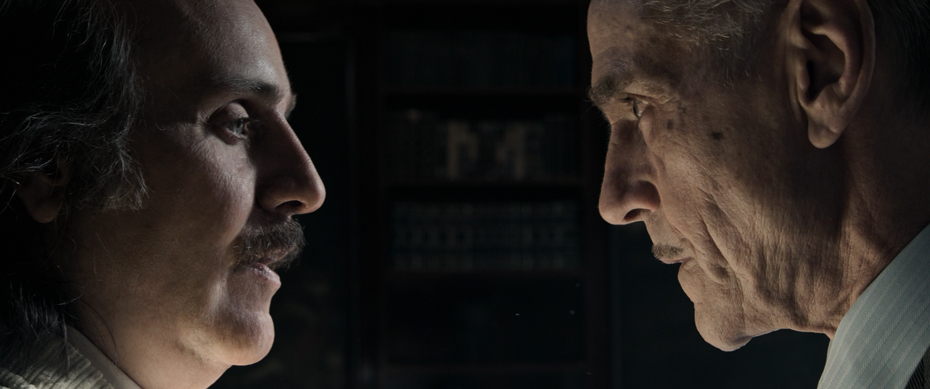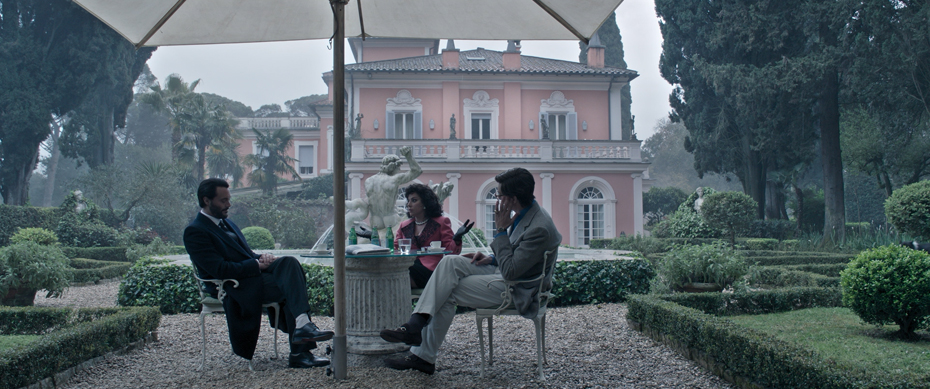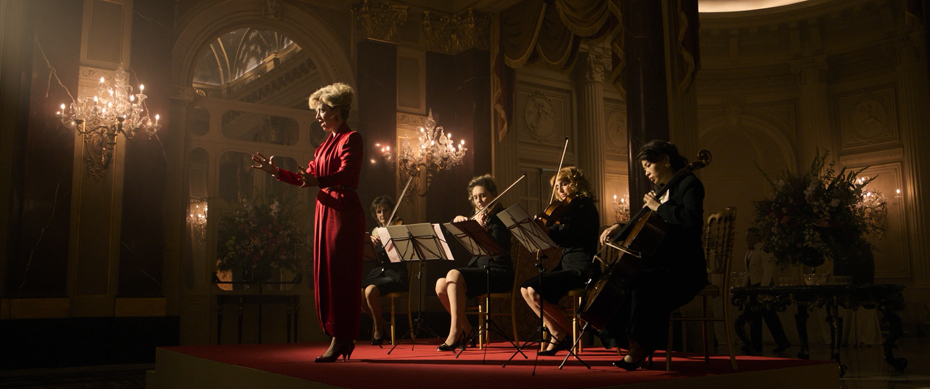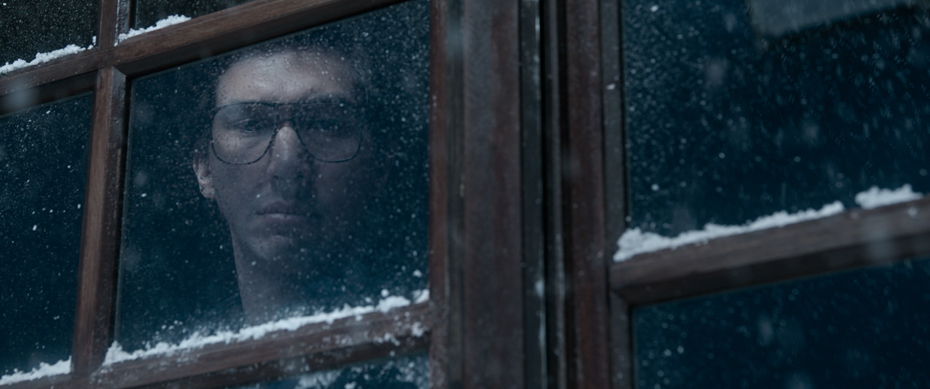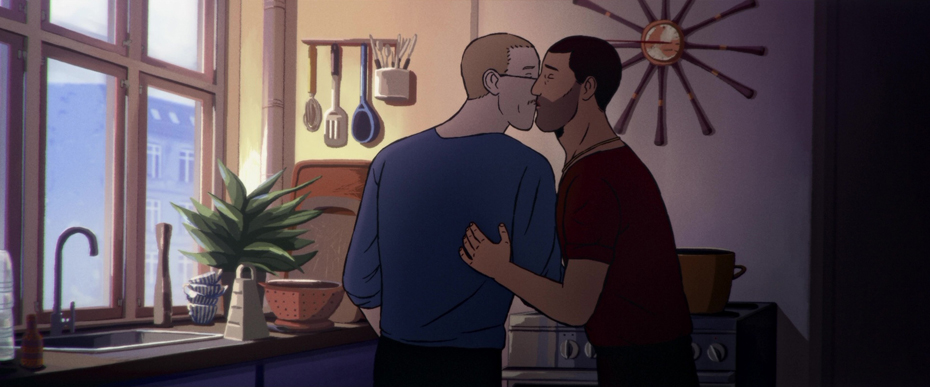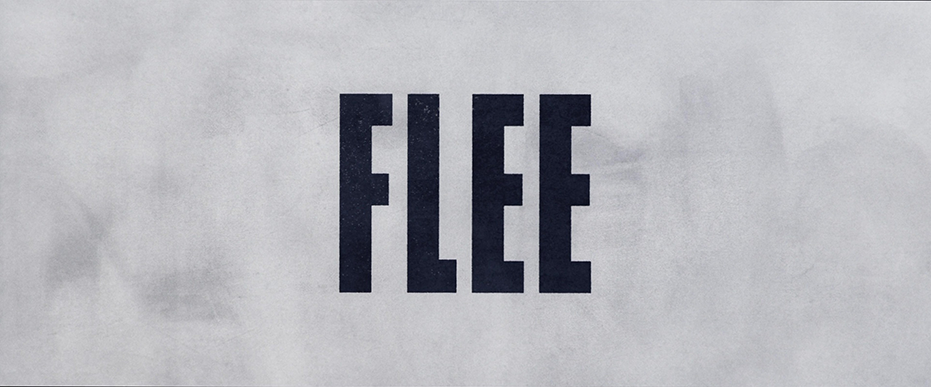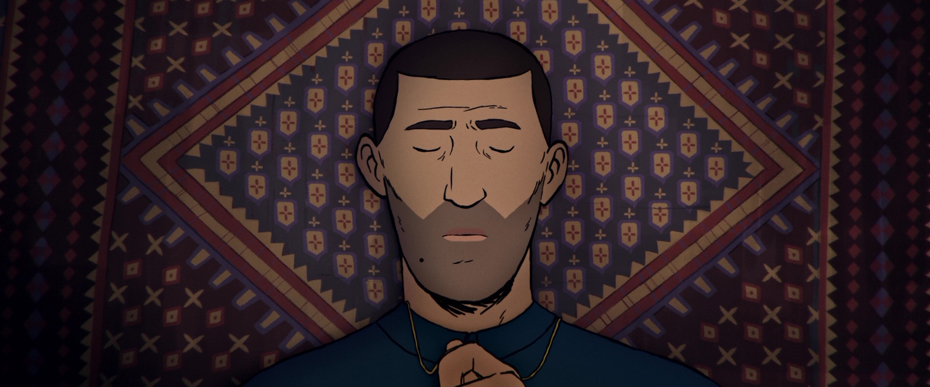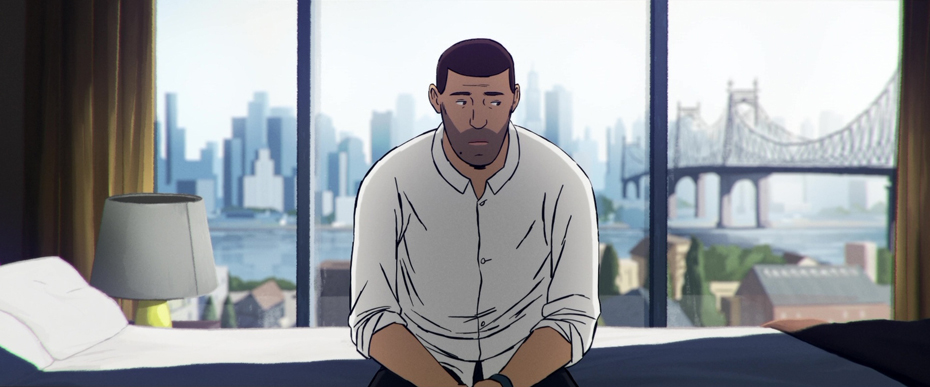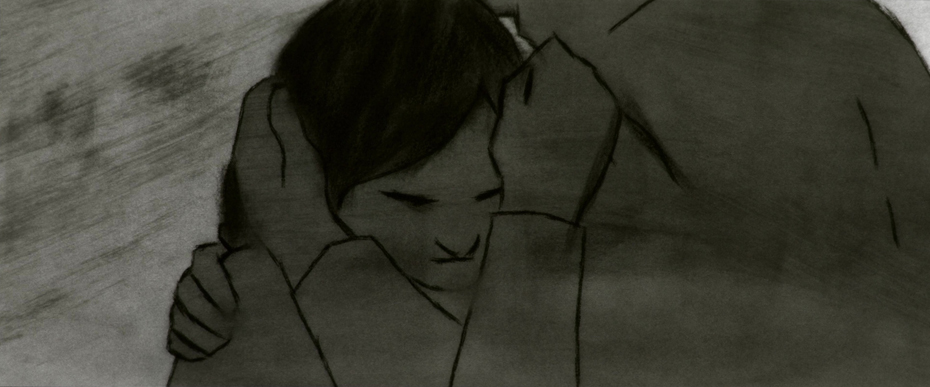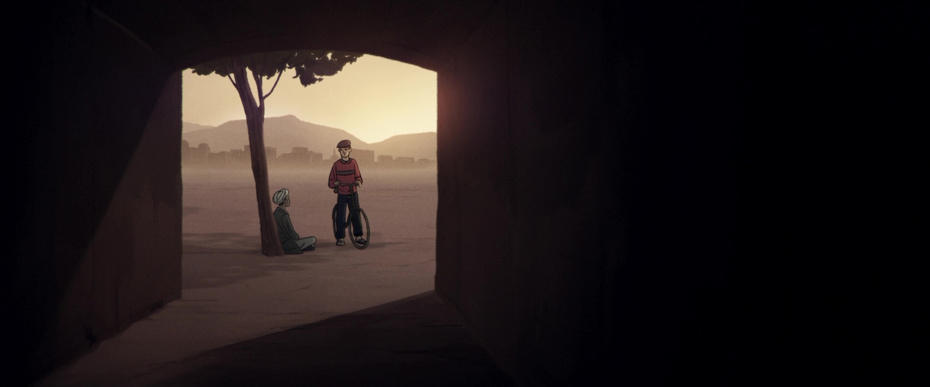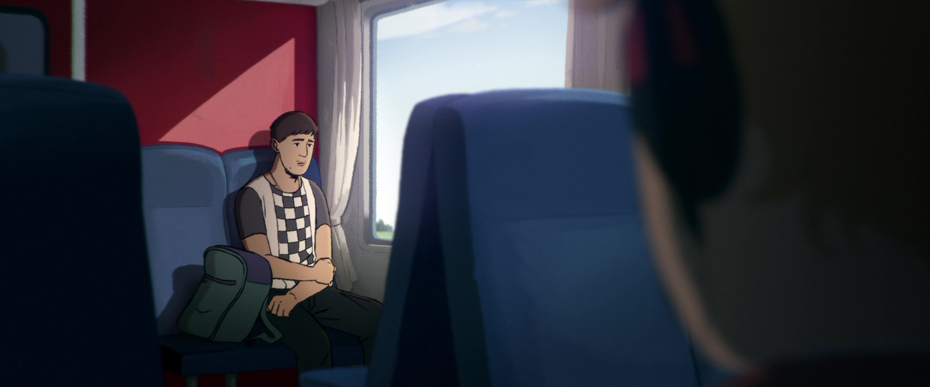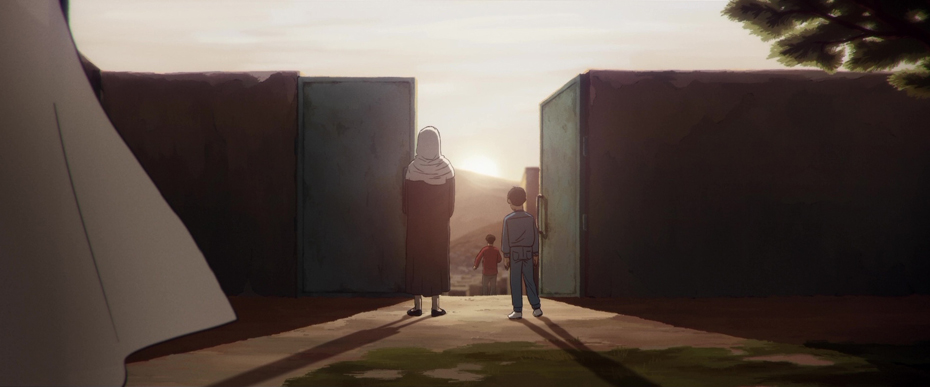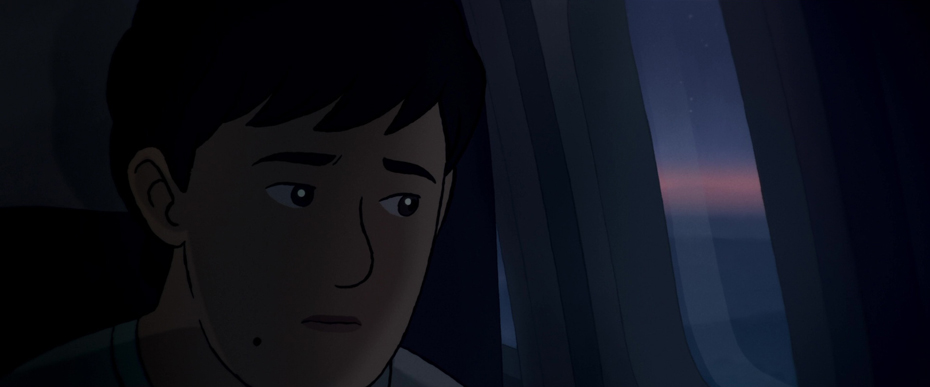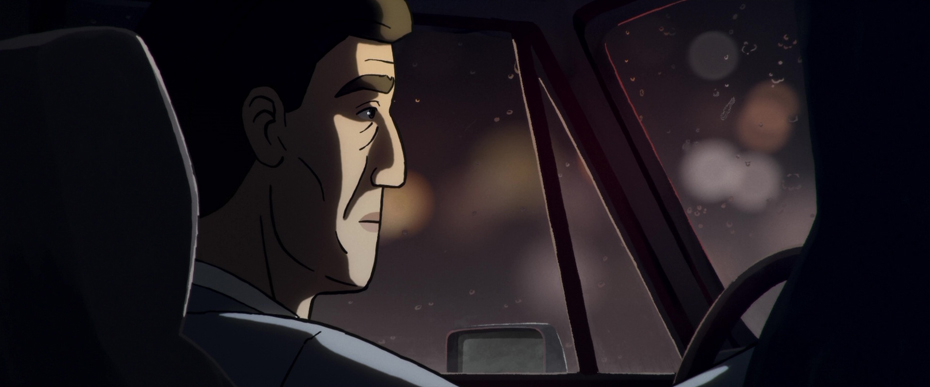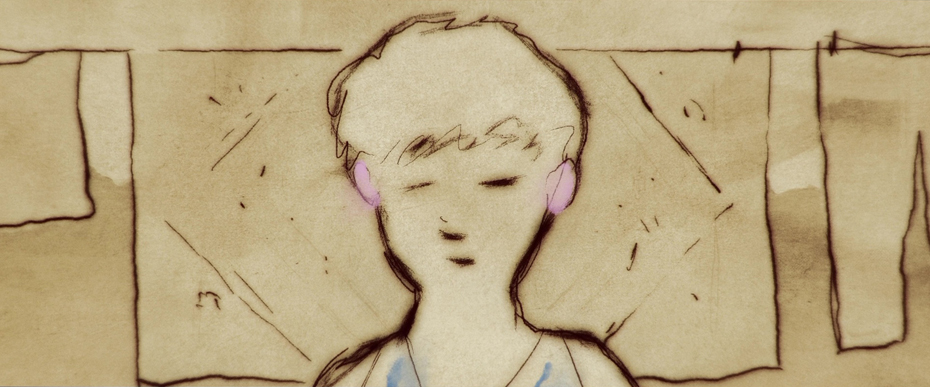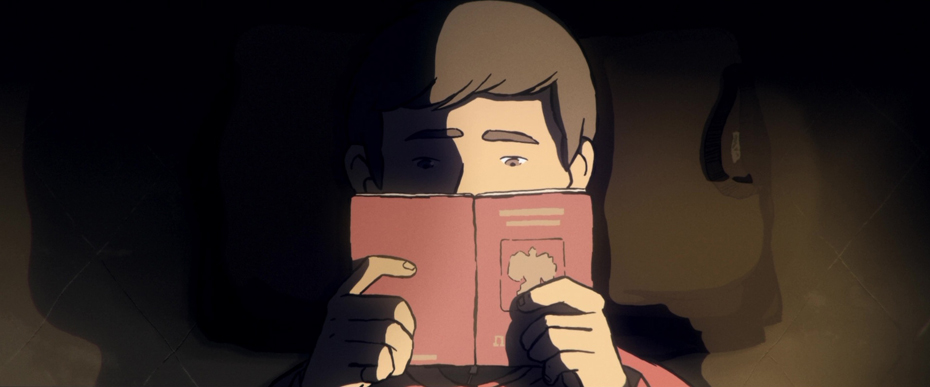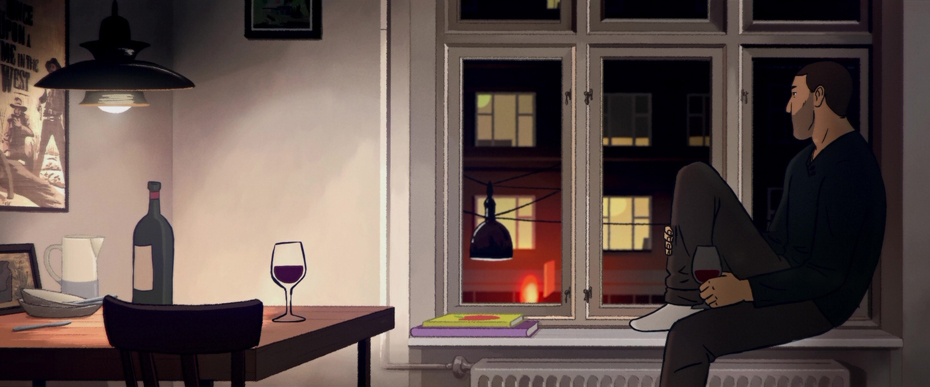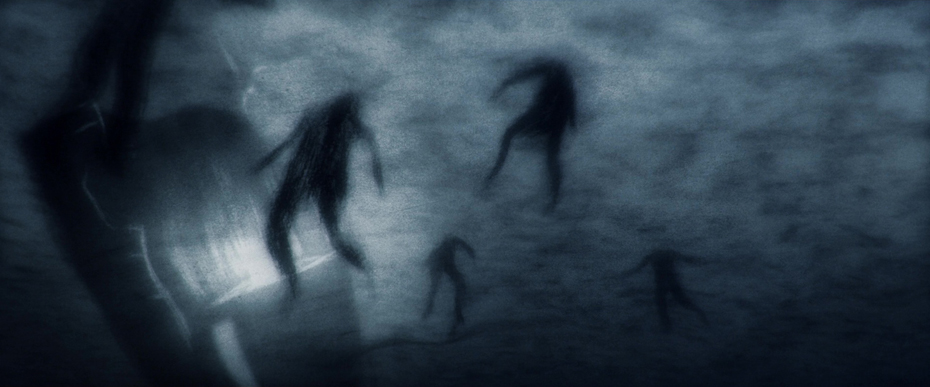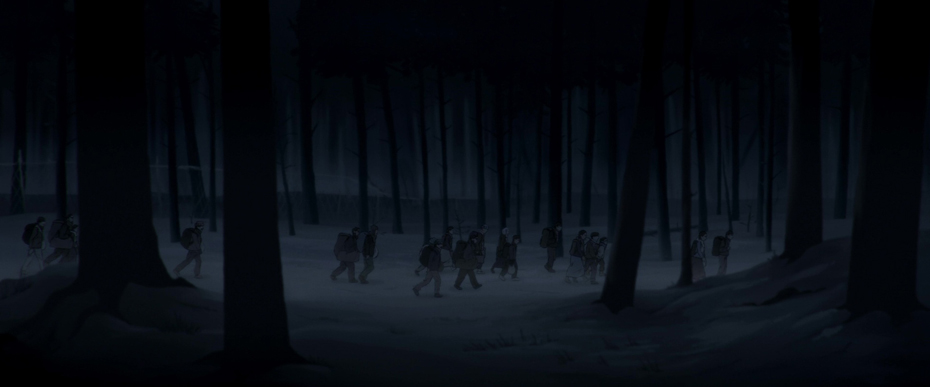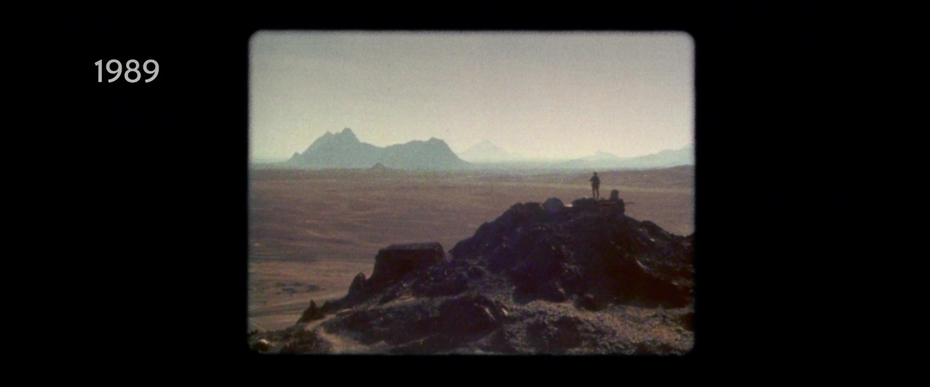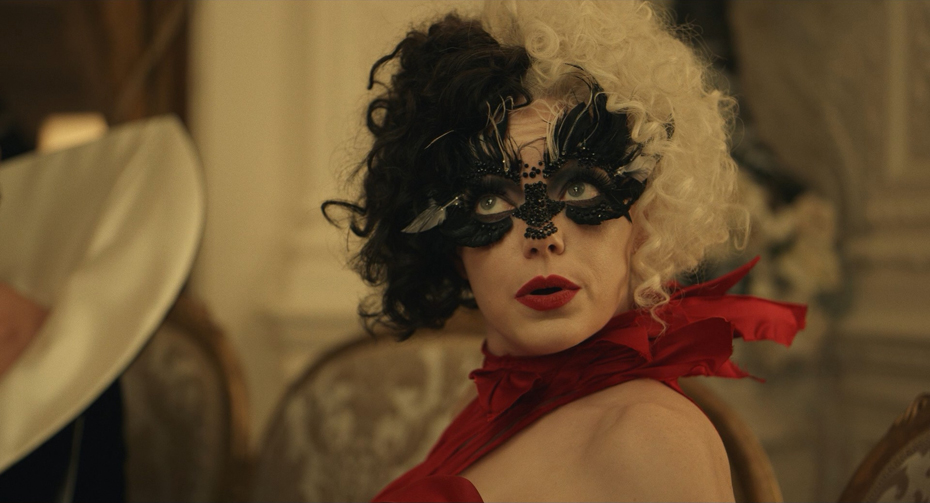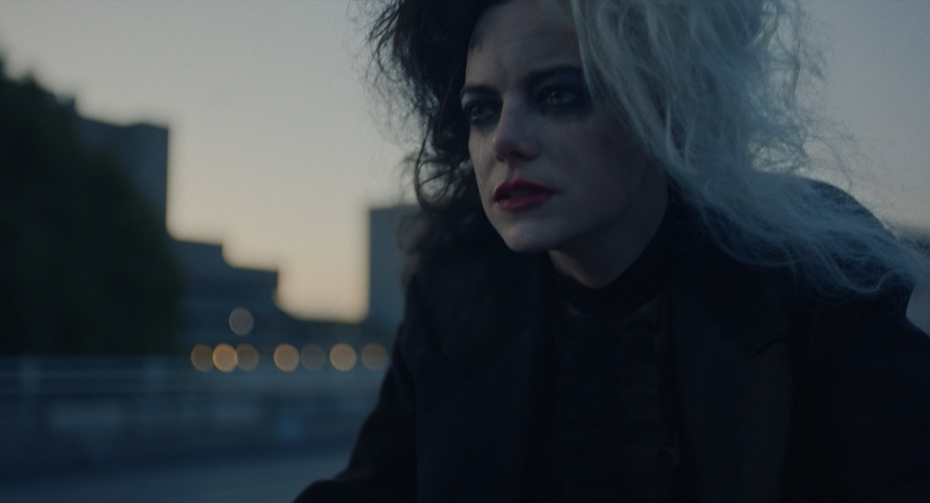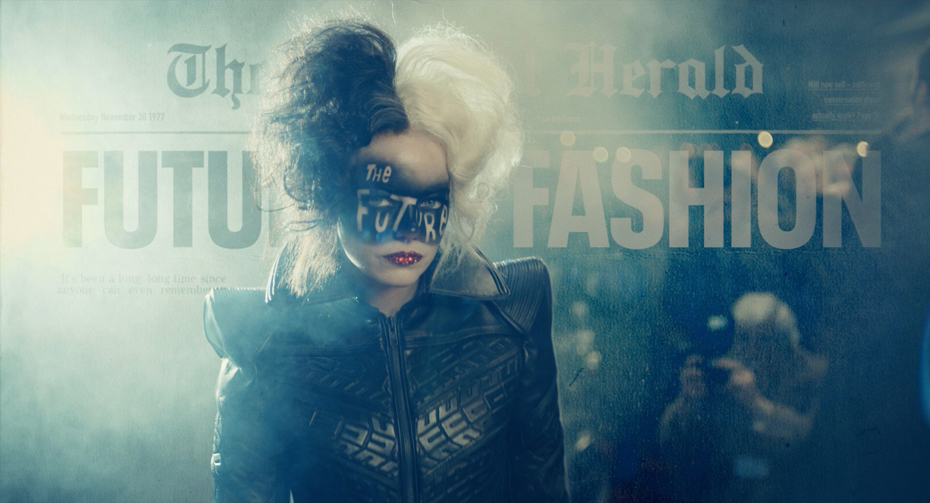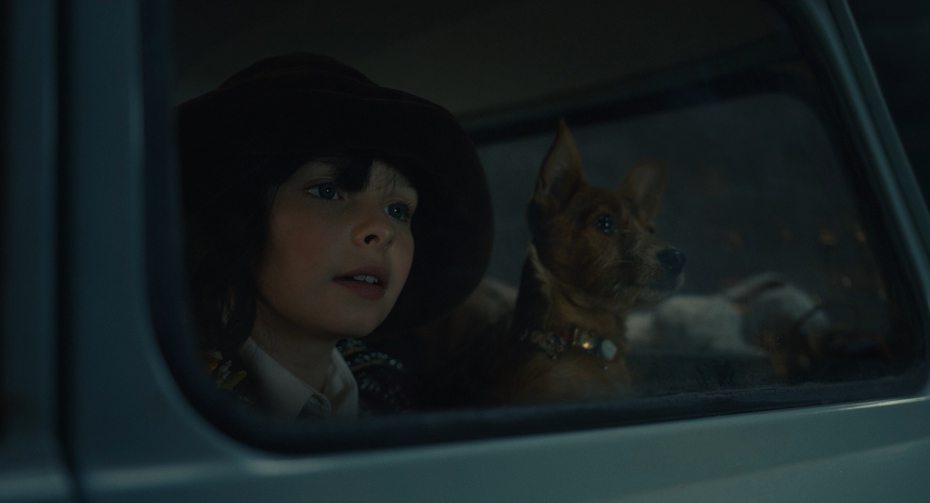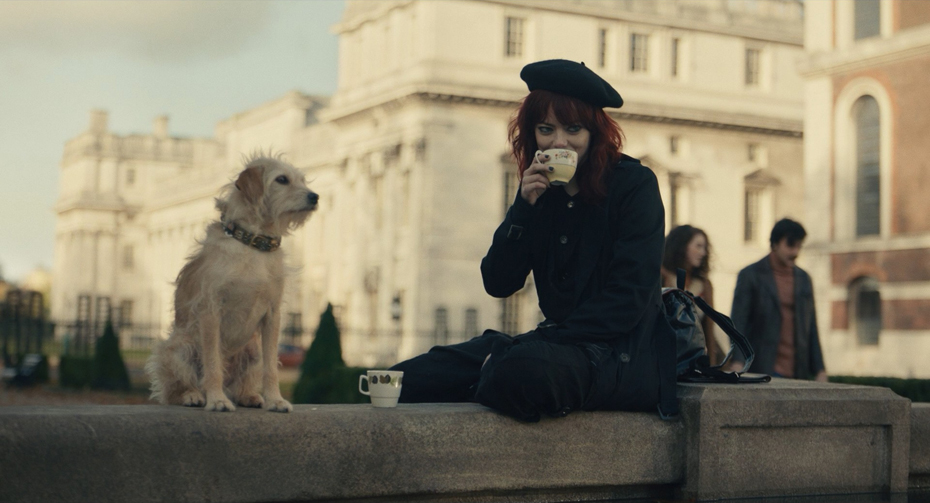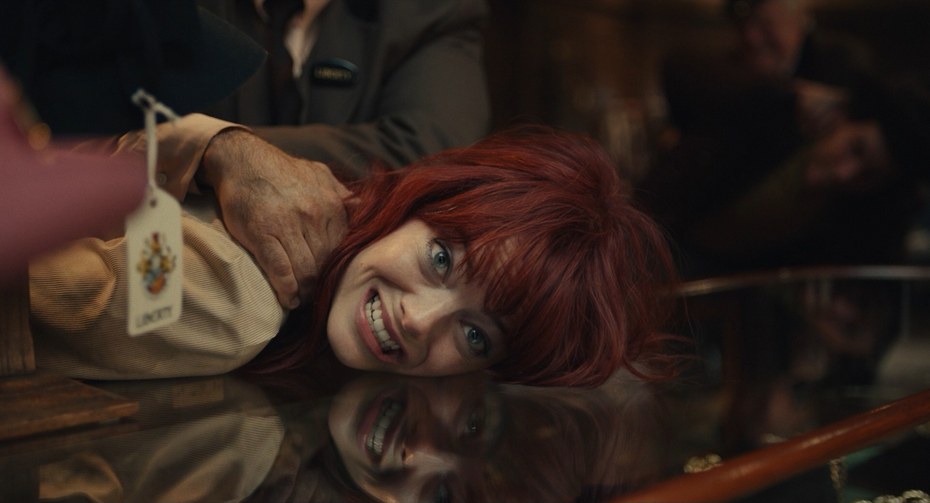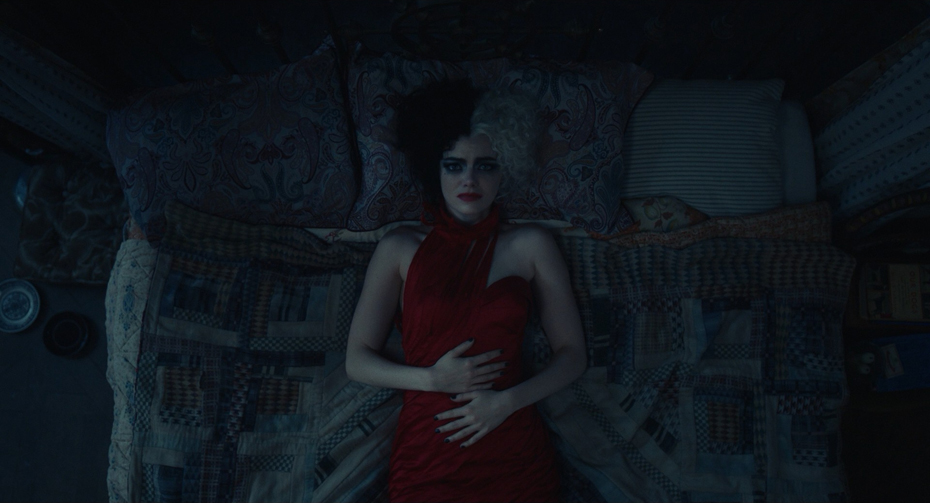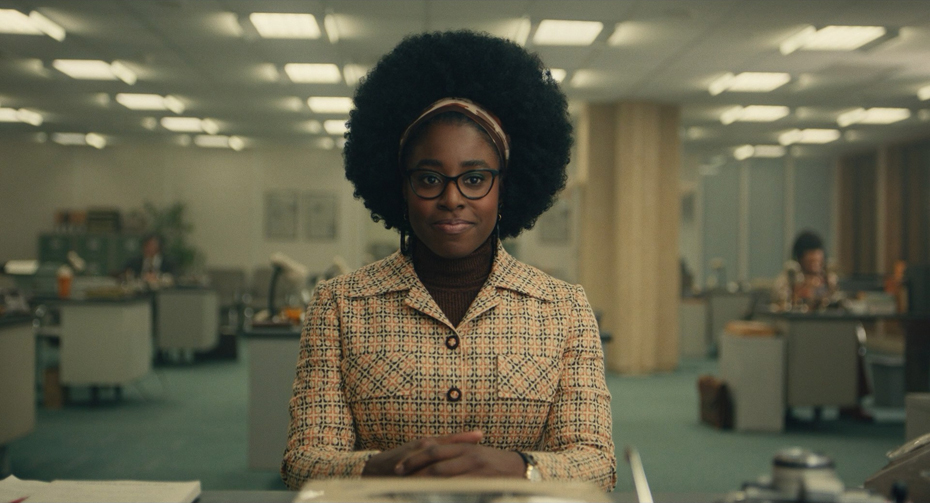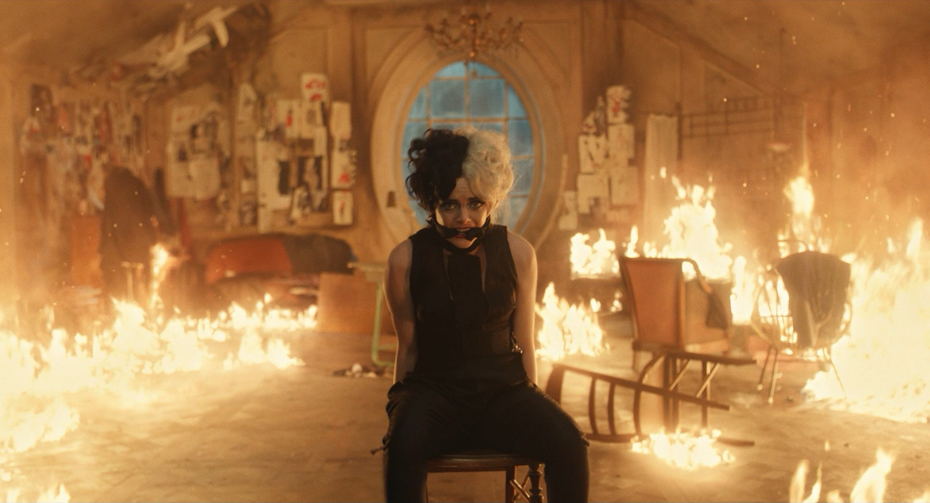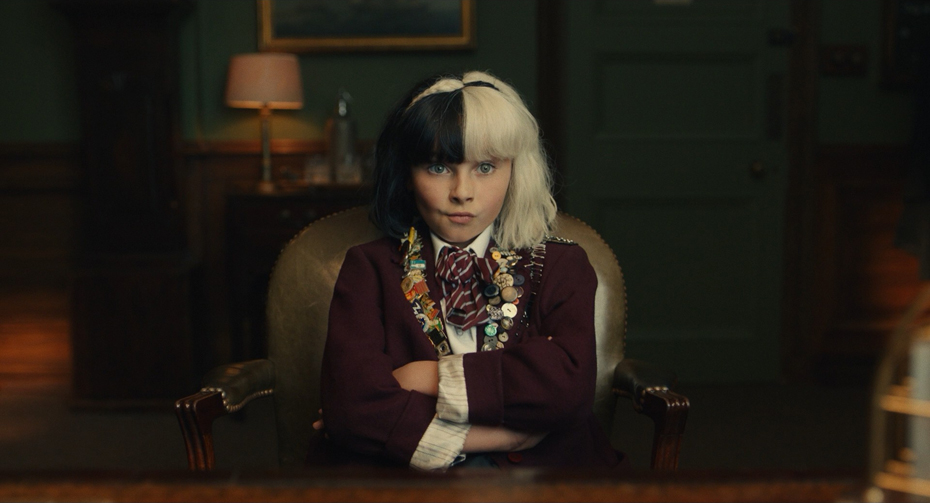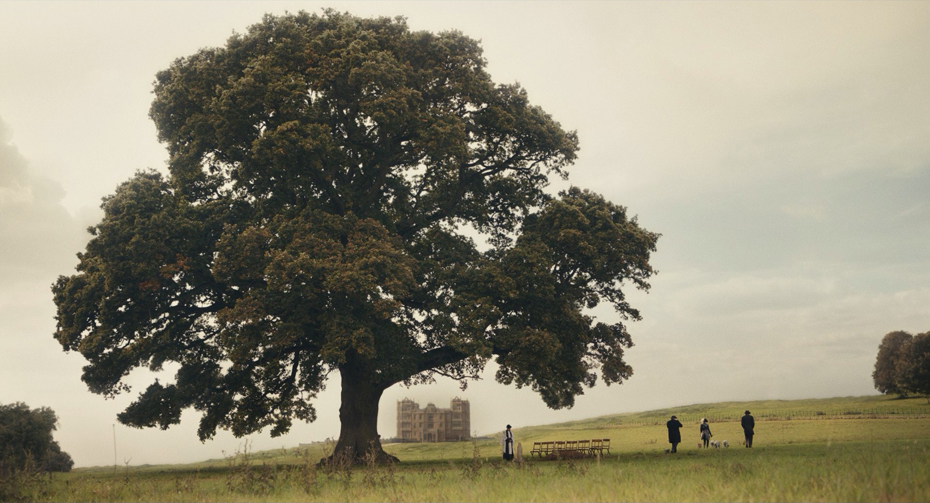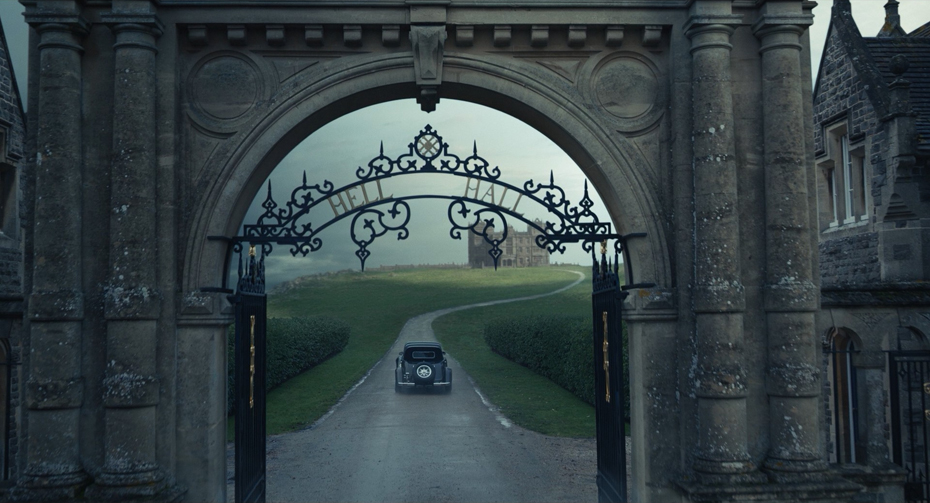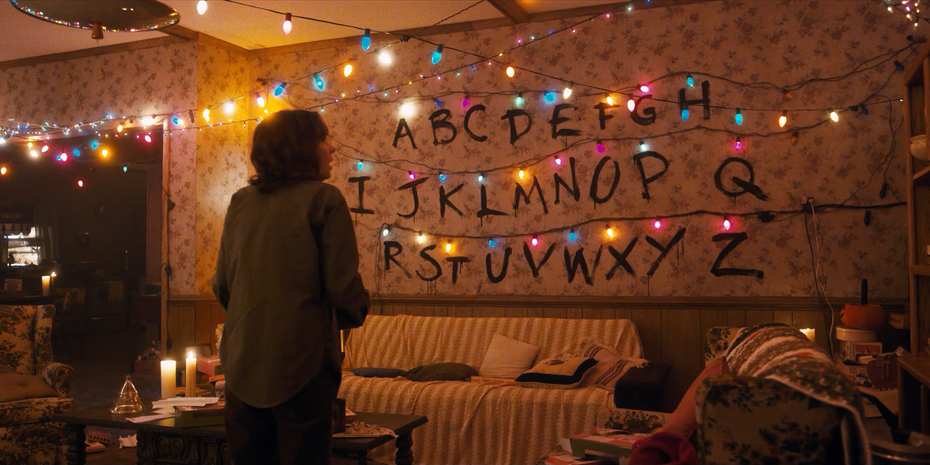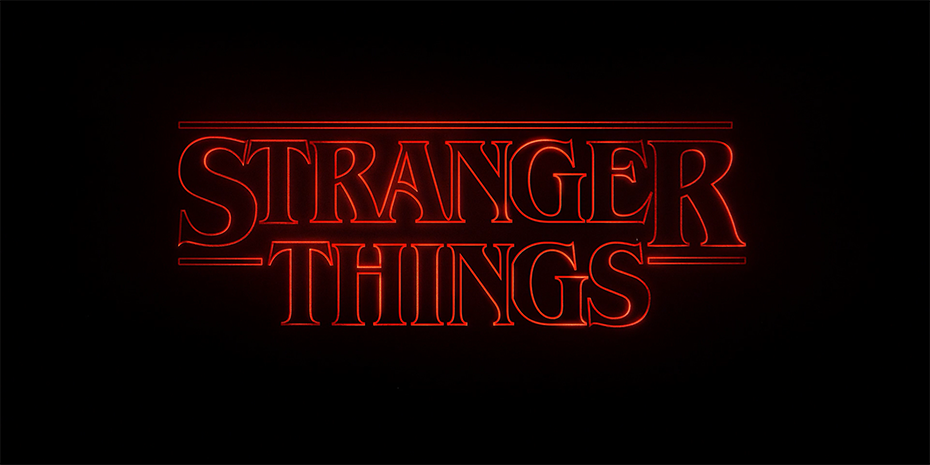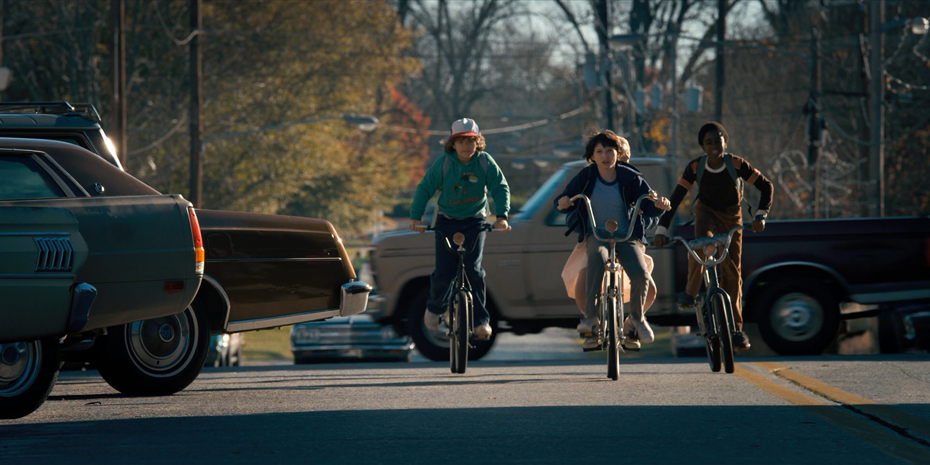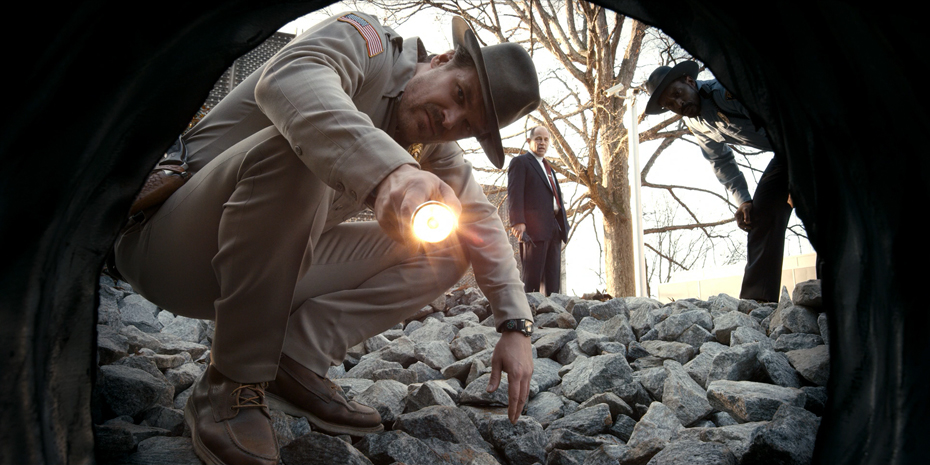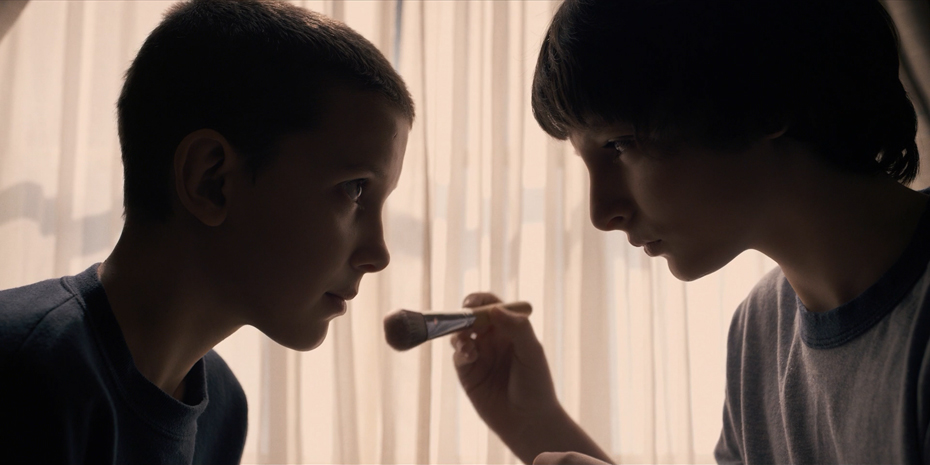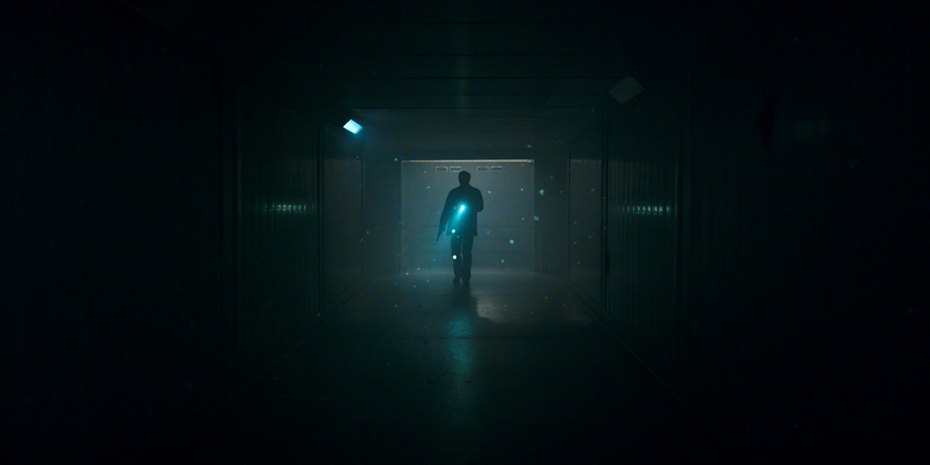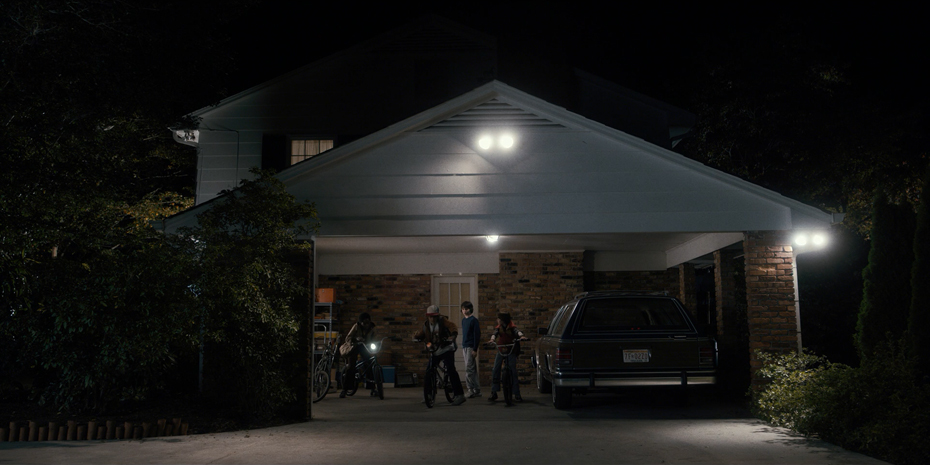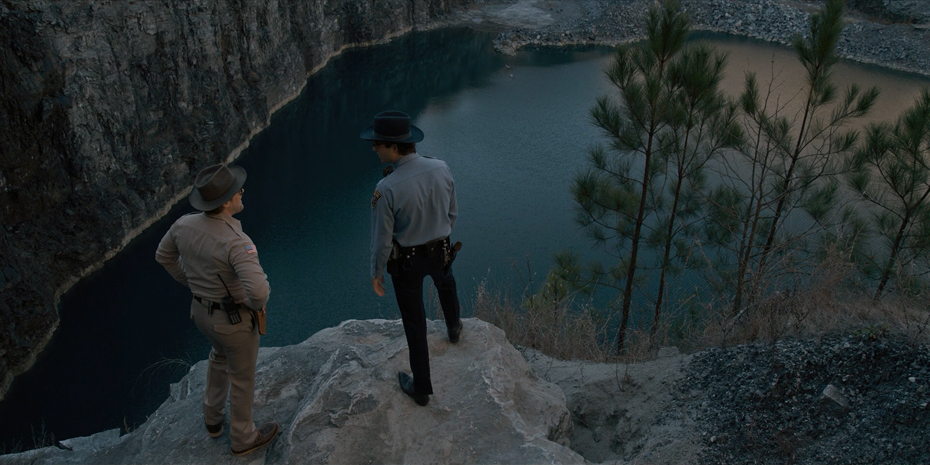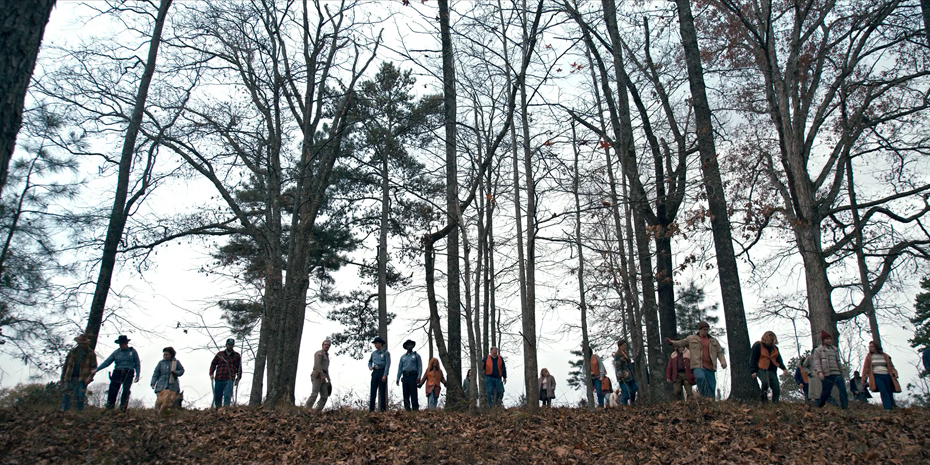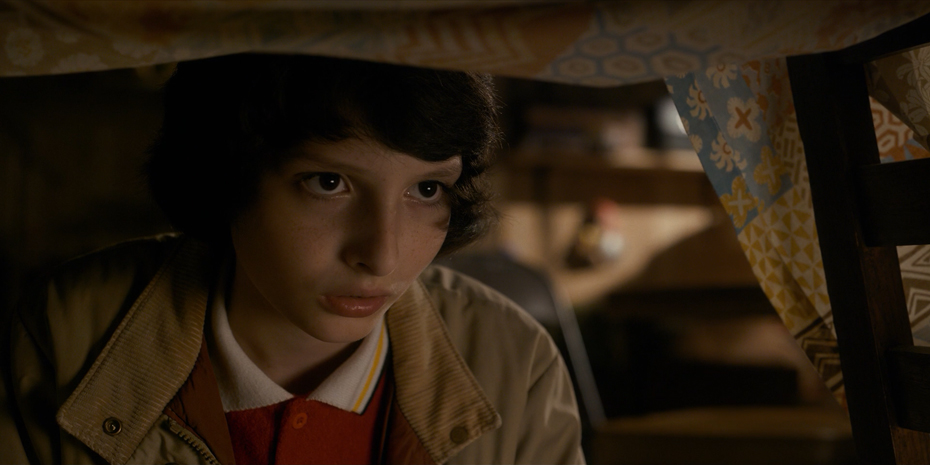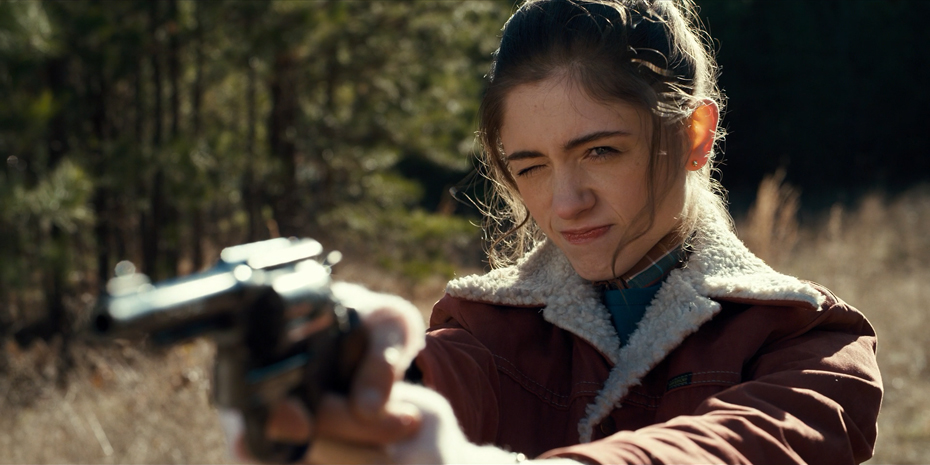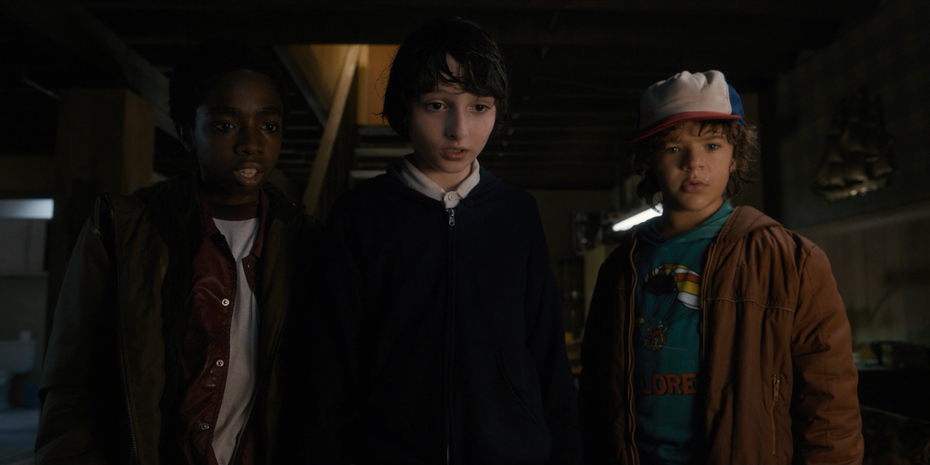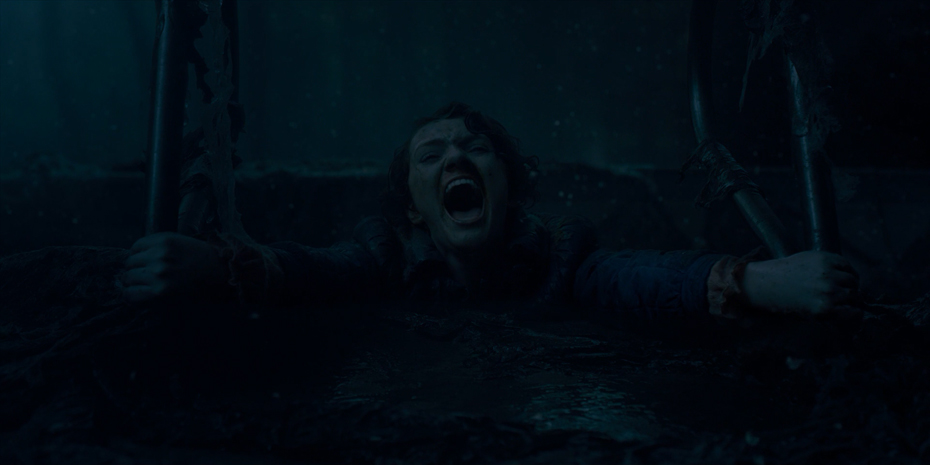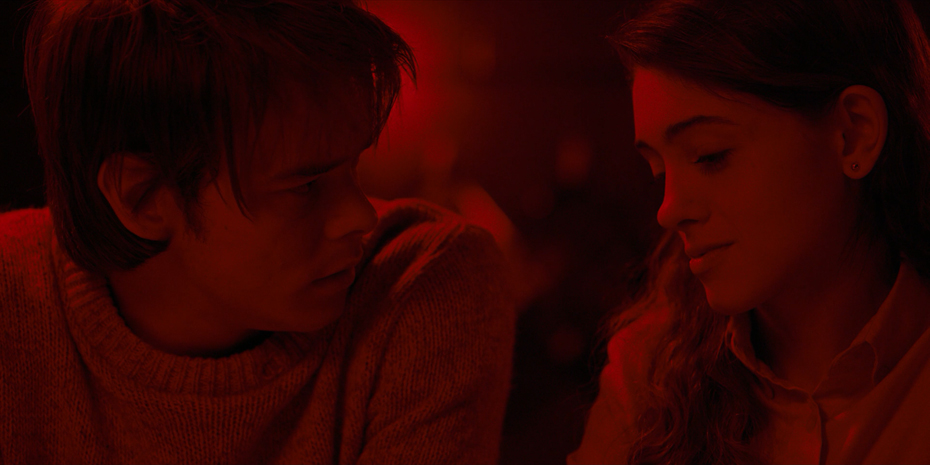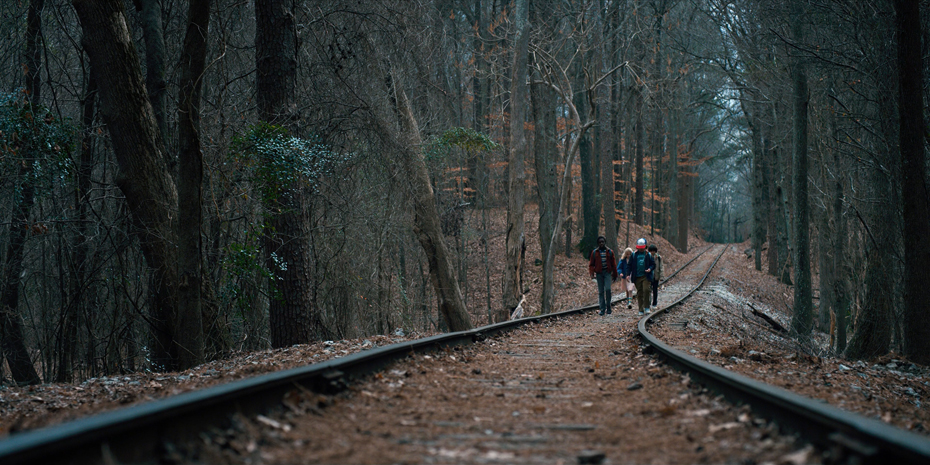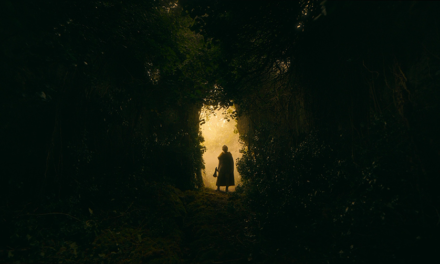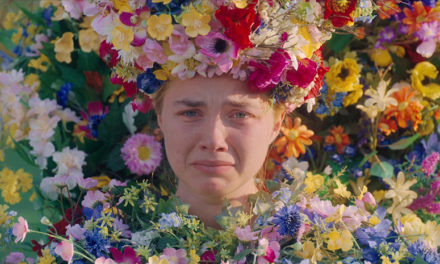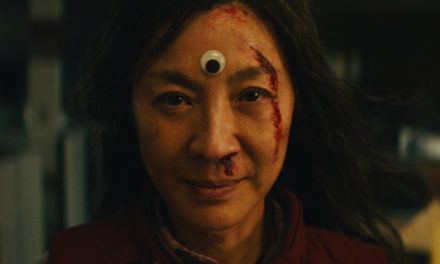THE TUESDAY DROP “AWARDS SEASON” – 03/15
03.15.22 / New Shots
In honor of awards season, we are releasing over 3,000 shots from 10 new films that are all nominated for Oscars this year. For all you Shotdeck (and future Shotdeck) academy members, Oscar voting starts on Thursday the 17th so please enjoy the wonderful imagery from these films and the talented artists that created them. To keep adding more TV titles, we are pairing this with five episodes of Stranger Things Season 1, making this 15 title drop one of our most exciting yet! Check out the new shots below.
DUNE (2021)
DUNE is a 2021 epic science fiction film co-written and directed by Denis Villeneuve. It is the first of a two-part adaptation of Frank Herbert’s 1965 novel, and features an ensemble cast including Timothée Chalamet, Rebecca Ferguson, Oscar Isaac, Zendaya, Josh Brolin, Stellan Skarsgård and Jason Momoa. The film is set in the far future and follows Paul Atreides (Chalamet) and his family as they are thrust into a war for the deadly inhospitable desert planet Arrakis. Dune premiered at the Venice Film Festival and is currently nominated for 10 Academy Awards – Best Picture, Best Adapted Screenplay, Best Original Score, Best Costume Design, Best Sound, Best Editing, Best Cinematography, Best Hair and Makeup, Best Production Design and Best Visual Effects. Villeneuve worked on the film with Australian cinematographer Greig Fraser, who was best known at the time for his work on Foxcatcher, Zero Dark Thirty, Lion, Rogue One and Vice. This was the pair’s first collaboration.
Villeneuve and Fraser wanted to approach the shooting of Dune from a place of documentary realism and to capture the coming-of-age story as viscerally as the epic science fiction elements of the film. They decided to shoot the film on the Alexa LF digital camera, before transferring the image onto 35mm film and then scanned back into digital, in order to give the image a quality of being seen through an emulsion on the screen. The film was shot with both anamorphic and spherical lenses to accommodate the variable aspect ratios of 2.39, 1:90 and 1:47 for IMAX projection. They also made a conscious decision to shoot the film almost entirely without mid-shots, opting to go very close to the characters to help the audience live inside their heads, and then go very wide to show the grand expanses of the landscapes and planets they were occupying. Fraser and Villeneuve also wanted to light the film as realistically as possible, utilizing natural light wherever they could, and minimizing lighting with equipment that would make the film feel like it was shot on stage wherever possible.
SPENCER (2021)
Pablo Larraín’s historical fiction drama SPENCER follows Princess Diana during an existential crisis she is having over Christmas in 1991 because of her desire to divorce Prince Charles and leave the British royal family. The film stars Kristen Stewart, Jack Farthing, Sally Hawkins, and Sean Harris, and is nominated for this year’s Academy Award for Best Actress (Stewart). Larraín worked on Spencer with French cinematographer Claire Mathon. Mathon was best known at the time for her work on films such as Atlantics and Portrait of a Lady on Fire. This was the pair’s first collaboration.
Larraín and Mathon discussed wanting to build a visual language for Spencer that was full of movement and that lived as close as possible to Diana throughout the film – creating a singular energy of intimacy, nervousness and even claustrophobia that brought the audience completely into Diana’s state of mind. The pair decided to shoot the film on Kodak 16mm and 35mm film – 16mm for the majority of the production due to its aesthetics but also its relatively cheap cost, with night scenes on 35mm to minimize grain. Using films such as Barry Lyndon and A Clockwork Orange (both directed by Stanley Kubrick and shot by John Alcott) as reference, Mathon was able to craft a filming approach that utilized ultra wide lenses that didn’t distort the images too much. Given that most of Spencer had the camera moving in 360 degrees, Mathon and gaffer Ernesto Gioltti developed a lighting strategy that primarily involved bouncing light into locations from outside, together with maneuverable, DMX-based LED tubes and carpetlights and practical lights on set.
NO TIME TO DIE (2021)
NO TIME TO DIE is the 25th installment in the James Bond series, directed by Cary Joji Fukunaga from a screenplay by Fukunaga, Neal Purvis, Robert Wade and Phoebe Waller-Bridge. It stars Daniel Craig as Bond in his fifth portrayal of the British MI6 spy, and also stars Léa Seydoux, Rami Malek, Ralph Fiennes, Lashanna Lynch and Naomie Harris. The film picks up after Bond has left active service with MI6, until a CIA mission to find a kidnapped scientist brings him face-to-face with Lyutsifer Safin (Malek), a terrorist planning a lethal bioweapon attack on Earth. No Time to Die was the fourth highest grossing film of 2021, and has been nominated for 3 Academy Awards in the Best Visual Effects, Best Sound and Best Original Song categories this year. Fukunaga worked on the film with Swedish cinematographer Linus Sandgren, in the pair’s first collaboration. Sandgren was best known at the time for his collaborations with Damien Chazelle and David O. Russell.
Fukunaga and Sandgren decided to shoot No Time to Die on IMAX MSM 9802 cameras, capturing the movie on film with Panavision G series anamorphic 35mm lenses. Fukunaga wanted the movie to call back to James Bond movies of the past, offering a sense of grandeur and escapism that heightened reality, while staying in the more raw world of the character created by Daniel Craig. No Time to Die was a largely single-camera shoot that combined close, still camera work that emphasized the emotional arc of Bond with hand-held sequences shot in long takes for the big action sequences, including a single-take fight scene during the film’s climax where a hand-held camera follows Bond up a staircase as he fights off henchmen. Production Designers Mark Tidesley and Dennis Gassner also collaborated closely with Sandgren, building elaborate sets that were designed with the movie’s complex camera movement in mind – including a recreation of the streets of Santiago, Cuba in London’s Pinewood Studios that hosted an epic fight sequence.
BELFAST (2021)
Kenneth Branagh’s coming-of-age drama BELFAST stars Caitríona Balfe, Judi Dench, Jamie Dornan, Ciarán Hinds, Colin Morgan and Jude Hill, and follows a young boy’s childhood in Belfast, Northern Ireland at the beginning of The Troubles in 1969. It premiered at the Telluride Film Festival, won the People’s Choice Award at the Toronto International Film Festival and is nominated for 7 Academy Awards this year including Best Picture, Best Director, Best Supporting Actor, Best Supporting Actress, and Best Original Screenplay. Brannagh worked on the film with Greek-Cypriot cinematographer Haris Zambarloukos, whom he previously collaborated on six films, including Thor, Jack Ryan: Shadow Recruit and Cinderella.
Branagh and Zambarloukos decided early on to shoot the film in glossy, large format black-and-white, wanting to evoke the sense of memory but with the clarity with which a 10-year-old would see things (Branagh called this style “forensic photography”). Zambarloukos shot the film digitally in color, and then converted it into black-and-white in post in order to maximize control over how certain areas of the frame were adjusted. Inspired by the films cinematographer Joseph Walker made with Frank Capra, Zambarloukos shot with a wide range of shadows and highlights, but tried to give the actors an extra third of a stop of brightness through his lighting approach so that they would pop out of the frame slightly, and give the film a sense of magic evoked by memory. Zambarloukos was insistent on shooting with as much natural light as possible, working with Brannagh and the actors to place them in areas where they were best lit for the story of the scene being filmed, rather than relying heavily on lights to create the look they were going for.
TICK, TICK… BOOM! (2021)
TICK, TICK… BOOM! is a biographical musical drama directed by Lin-Manuel Miranda in his feature directorial debut. It stars Andrew Garfield as Jonathan Larson, and is based on the stage musical he wrote of the same name. Tick, Tick… Boom! premiered at AFI Fest and is currently nominated for 2 Academy Awards: Best Actor (Garfield) and Best Editing for Myron Kerstein, whose best known for Garden State, Crazy Rich Asians, and In The Heights. Miranda worked on the movie with American cinematographer Alice Brooks. Brooks was best known at the time for her collaborations with Jon M. Chu on Jem and the Holograms and In The Heights.
Miranda and Brooks’s preparation for Tick, Tick… Boom! involved creating very detailed storyboards in collaboration with production designer Alex Digerlando, writer Steven Levenson, AD Mariela Comitini and storyboard artist Grant Shaffer. The team would design storyboards together and revise them throughout prep, and Kerstein later cut the storyboards into an animatic that allowed Brooks and Miranda to refine their shot list and organize an editing approach that would allow the film to flow in and out of its musical numbers seamlessly. Brooks also decided that the lighting scheme needed to be as straightforward as possible, allowing her and the crew to maximize time for rehearsal given the film’s relatively contained scale.
KING RICHARD (2021)
KING RICHARD is a biographical sports drama directed by Reinaldo Marcus Green and starring Will Smith as Richard Williams, the father of tennis players Venus and Serena Williams. The film follows the Williams family as Richard tries to help Venus and Serena develop into professional tennis players, and also stars Aunjanue Ellis, Saniyya Sidney, Demi Singleton, Tony Goldwyn and Jon Bernthal. King Richard premiered at the Telluride Film Festival and is nominated for 6 Academy Awards this year – Best Picture, Best Actor, Best Supporting Actress, Best Original Screenplay, and Best Editing. Green worked with American cinematographer Robert Elswit on the movie. This was Green and Elswit’s first collaboration. Elswit was best known for his work with Paul Thomas Anderson, Dan and Tony Gilroy, on films such as Nightcrawler, Michael Clayton, Magnolia, and There Will Be Blood, for which he won the Oscar for Cinematography in 2008.
Green and Elswit came to their collaboration from a perspective of wanting King Richard to play much more like a family drama than as a sports film. As a result, they decided to cover the entire film, including the tennis matches, as simply and efficiently as possible, staying with the action and grounding the film in Richard’s perspective. The tennis matches were carefully choreographed, and shot with four cameras that each had long lenses. Green cast tennis players as Serena and Venus’s opponents, and by combining that with VFX face replacement for the actors playing Venus and Serena, managed to credibly portray the action of the matches in a way that progressed the story as well.
LUCA (2021)
LUCA is a 2021 computer animated coming-of-age fantasy film directed by Enrico Casarose in his feature directorial debut and produced by Pixar Animation Studios. The movie is set on the Italian Riviera and follows Luca Paguro, a boy enjoying his summer but hiding a secret that he is a sea monster from another world, just below the water’s surface. Luca was the most-viewed streaming movie of 2021, and is currently nominated for Best Animated Feature at this year’s Academy Awards. The cinematography for the film was helmed by Kim White and David Juan Bianchi, who had both worked on numerous other Pixar films.
Casarose wanted to push Luca away from the visual style established by many Pixar films and move towards a more artistic, illustrated feel that both captured the period piece, nostalgic element of the story, as well as hone in on a sense of physics and character motion that felt a bit more “lo-fi”. Inspired by Japanese 2D animation and woodblock prints, the team pushed themselves to simplify the look of the 3D animation, in keeping with Casarose’s own more caricature-driven drawing approach, which created a more lyrical visual language. The team developed the look for the sea monsters from Renaissance maps of the 1500s, developing a sense of their movement on screen by studying marine iguanas. To create the effect of the transformations successfully, Pixar developed new technology that, instead of changing the human character into the sea monster, would allow them to layer the sea monster figure underneath the human figure. By rendering the human figure invisible, they were able to uncover the sea monster figure underneath, without having to completely rebuild the character form from scratch.
HOUSE OF GUCCI (2021)
Ridley Scott’s biographical crime drama HOUSE OF GUCCI is based on the 2001 book by Sara Gay Forden about the romance between Patrizia Reggiani and Maurizio Gucci, and the ensuing fight for control over Italian fashion label Gucci among the family that turns violent. The film stars Lady Gaga as Reggiani and Adam Driver as Maurizio Gucci, with an ensemble cast that also includes Jared Leto, Jeremy Irons, Al Pacino, Salma Hayek and Jack Huston. House of Gucci is nominated for the Oscar for Best Makeup and Hairstyling. Scott worked on the movie with Polish cinematographer Dariusz Wolski. The pair have been collaborators since 2012’s Prometheus, and in 2021 also worked on Scott’s The Last Duel.
Scott and Wolski work together with Scott developing storyboards throughout pre-production and production, and even quickly sketching out shots and sequences while they were being filmed. The movie was shot over 43 days mostly in Rome, with additional locations in northern Italy. Scott and Wolski shot the entire film in sequence, and with three or four cameras shooting every scene in different shot sizes so that the entire film could be cut together from a single multi-camera setup if needed. The pair decided to shoot with compact Angenieux zoom lenses, and create a visual style that would serve to heighten the drama of the relationships between Patrizia and Maurizio as well as the rest of the family, indicating visually that the film was headed for a bloody conclusion.
FLEE (2021)
FLEE is a 2021 Danish animated docudrama directed by Jonas Power Rasmussen. The story follows Amin Nawabi, a child refugee from Afghanistan who recounts his extraordinary journey and hidden past before being married. After premiering at the 2021 Sundance Film Festival, it was selected as the Danish entry for the Academy Awards for Best International Feature Film. Riz Ahmed and Nikolaj Coster-Waldau also served the film as executive producers.
Animation director Kenneth Ladekjaer worked from the footage Rasmussen had shot, closely copying aspects of Amin’s style and behavior while making slight alterations to protect the identity of the real Amin and without the use of rotoscoping or image tracing. In fact, every frame of Flee‘s animated sequences were hand-drawn electronically on a computer, with the core animation team of the film consisting of ten animators and cleanup artists in Denmark, as well as a team of coloring artists in France. The film astonishingly received Oscar nominations in the Best Documentary Feature, Best Animated Feature, and Best International Feature categories, an unprecedented feat for the this genre bending movie.
CRUELLA (2021)
Craig Gillespie’s 2021 crime comedy CRUELLA stars Emma Stone as Estella Miller, an aspiring fashion designer in London during the punk rock movement of the 1970s, who goes down the path of becoming a notorious up-and-coming fashion designer now known as Cruella de Vil. Cruella is currently nominated for Academy Awards in the Best Costume Design and Best Makeup and Hairstyling categories. Gillespie worked on Cruella with Belgian cinematographer Nicolas Karakatsanis. Gillespie and Karakatsanis had previously worked together on the sports comedy-drama I, Tonya.
Gillespie and Karakatsanis wanted Cruella to have a sense of constant movement and energy, in order to capture the spirit of the dialogue and characterization in the script. Karakatsanis shot a lot of scenes with steadicam and on dollies, and would emphasize many shots throughout the film with push-ins on characters that aided the fast-cutting editorial approach (Gillespie edited much of the film on set in real-time). The shoot was largely single camera, with cameras on standby on cranes and on steadicam in order for the crew to move quickly between set-ups. The pair also decided to create contrast between Estelle and her rival the Baroness in the visual language of the film. Estelle’s world was entirely shot on the Super 35 Alexa Mini with spherical lenses, and always either hand-held and on steadicam with a bit of a looser approach. For the Baroness’s scenes, Karakatsanis used the Alexa 65 open gate, and entirely either on crane, dolly or steady steadicam.
STRANGER THINGS is a science fiction drama television series created by Matt and Ross Duffer and distributed by Netflix. The first season stars Winona Ryder, David Harbour, Finn Wolfhard, Mille Bobby Brown, Gaten Matarazzo, Caleb McLaughlin, Natalia Dyer, Charlie Heaton, Cara Buono and Matthew Modine. The season is set in 1980s Indiana and follows a group of young friends who begin unraveling a series of supernatural mysteries when they become witness to a series of strange events and secret government exploits. Stranger Things Season 1 was nominated for numerous Primetime Emmy Awards (including Outstanding Drama Series), winning for Outstanding Casting – Drama Series, Outstanding Sound Editing, Outstanding Main Title Design and Outstanding Original Main Title Music. The season was shot by American cinematographer Tim Ives, who was best known at the time for his work on shows such as House of Cards, Girls and the Mr. Robot pilot.
The Duffer brothers worked with Ives from the premise that Stranger Things needed to look and feel like a movie, told in 8 parts, and not like a television show. They wanted to recreate the feeling of 80s and early 90s films that the Duffers grew up on, and wanted to invoke the camera and lighting styles of films such as E.T., The Goonies and Stand By Me, even if those had fallen out of vogue. For example, Ives would often light night interior scenes with blue light coming in through the windows – a technique that was popular with studio films of the era, but had fallen out of fashion by the mid-2010s. For the scenes filmed inside “the void”, Ives rigged a series of china lantern lights in the ceiling and softened them with a grid cloth, to give a sense of arbitrary, source-less top light. The set was dressed with black drapes all the way around a hockey rink that was filled with a little water to create reflections when the set was lit.

